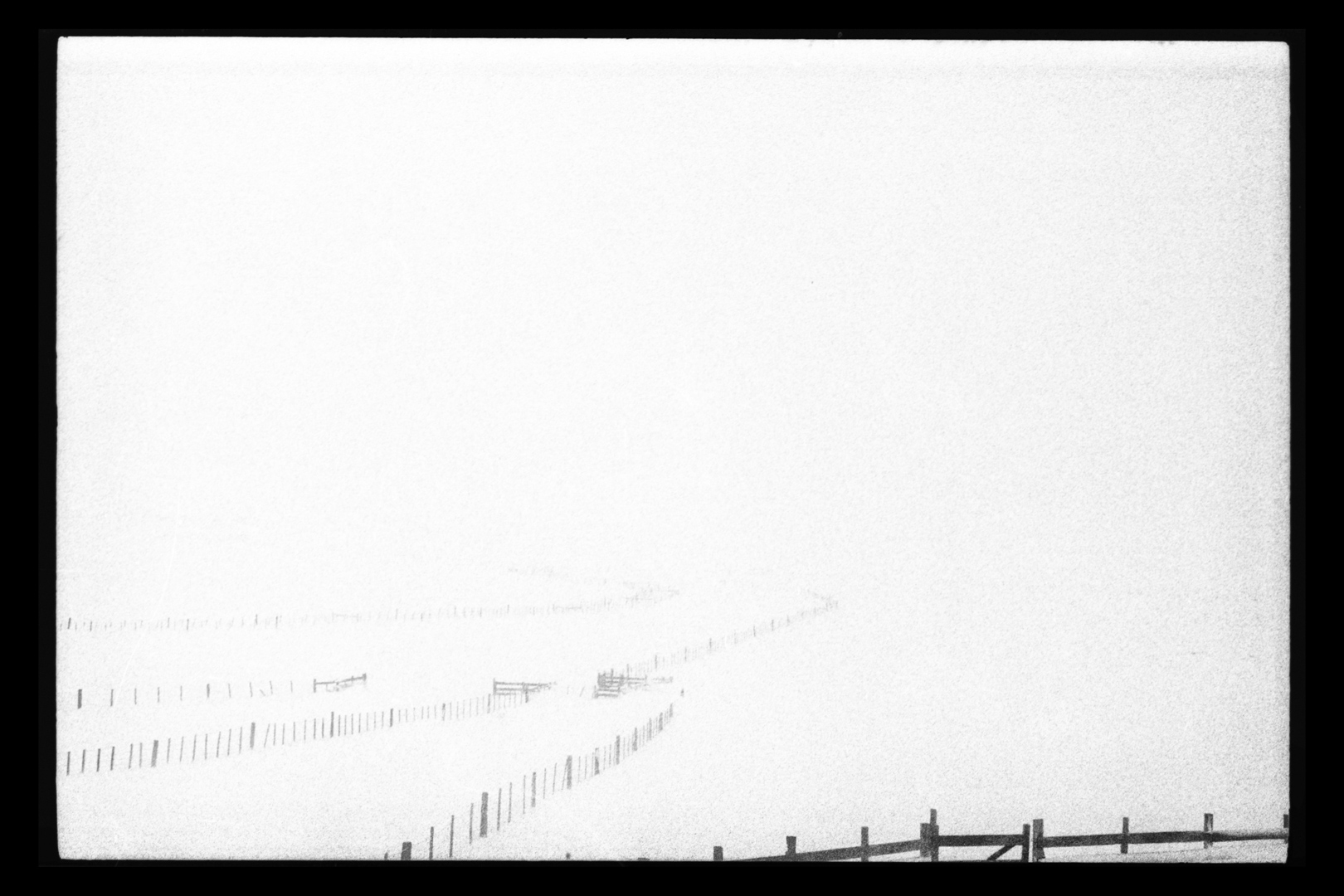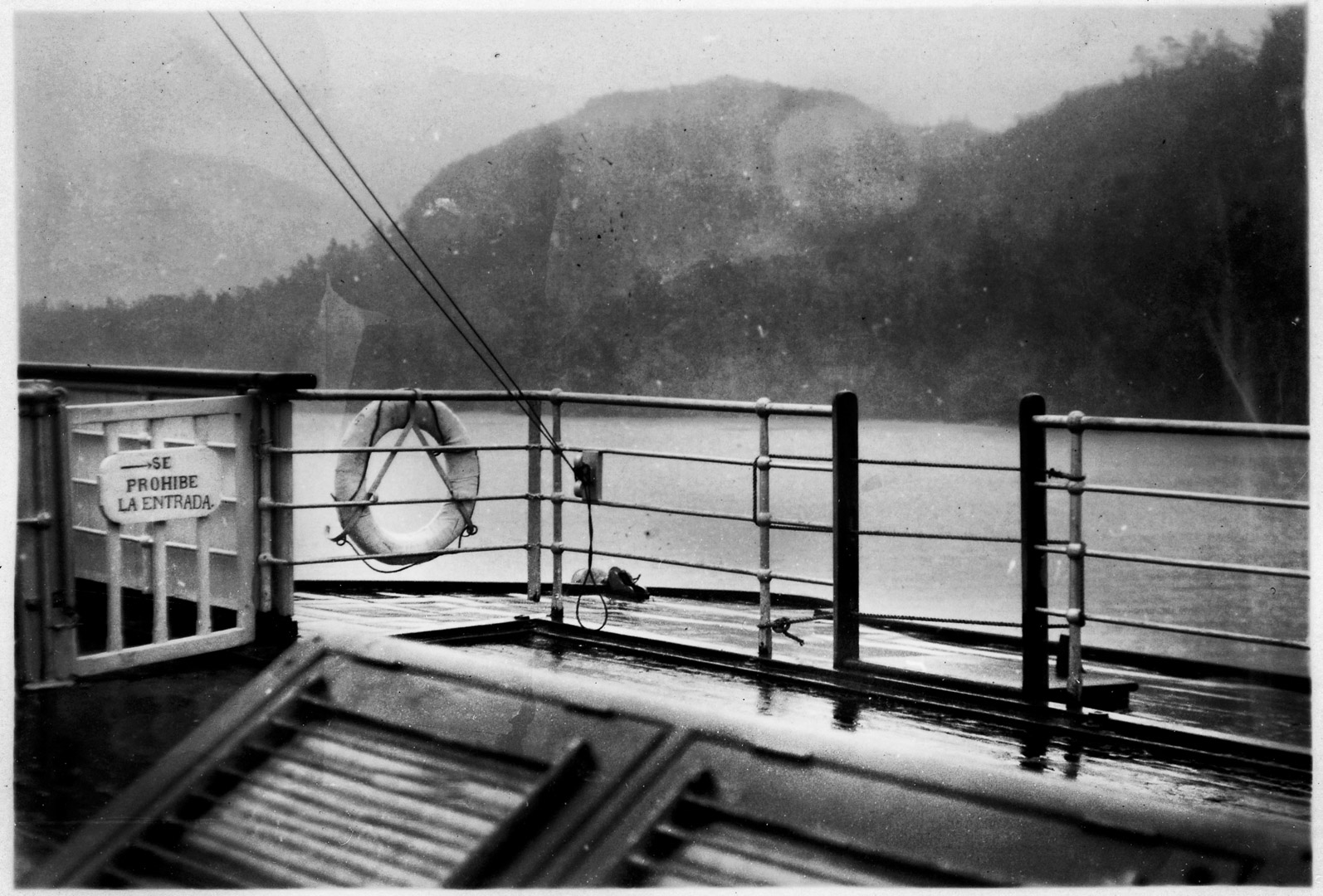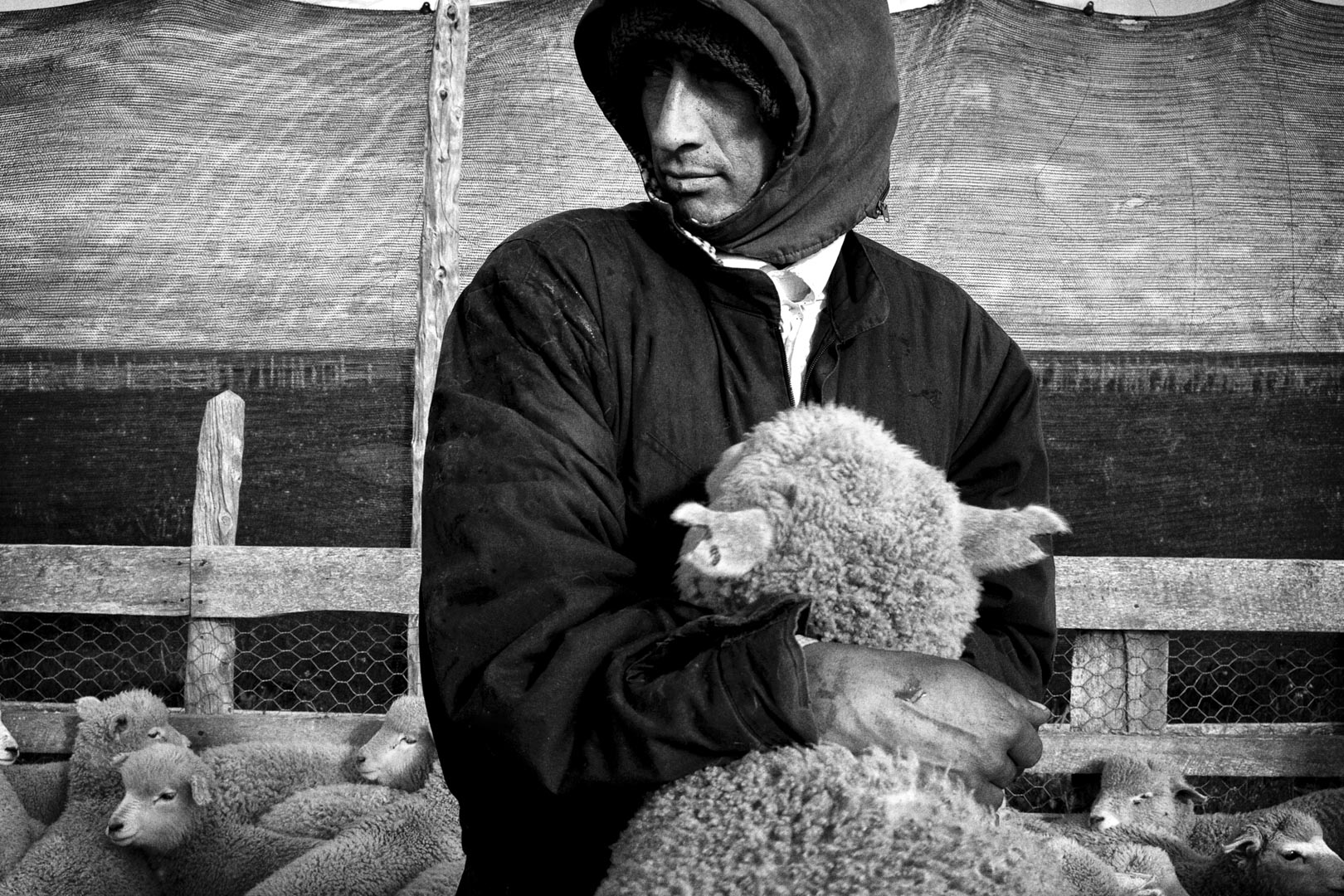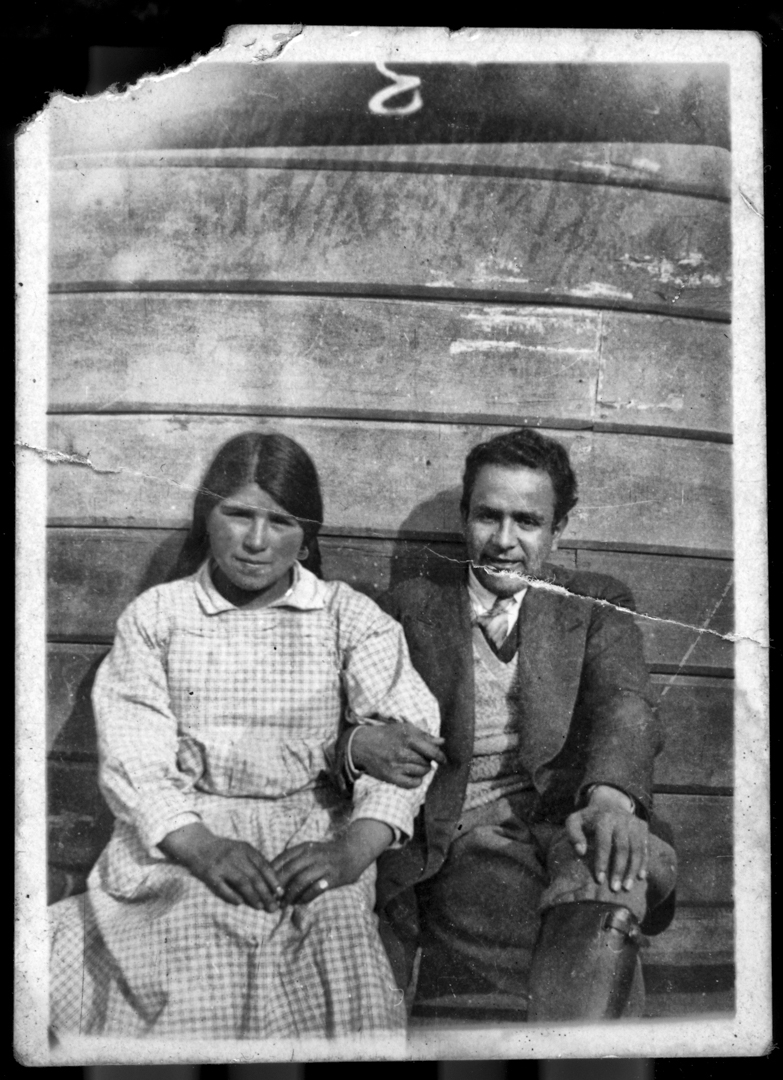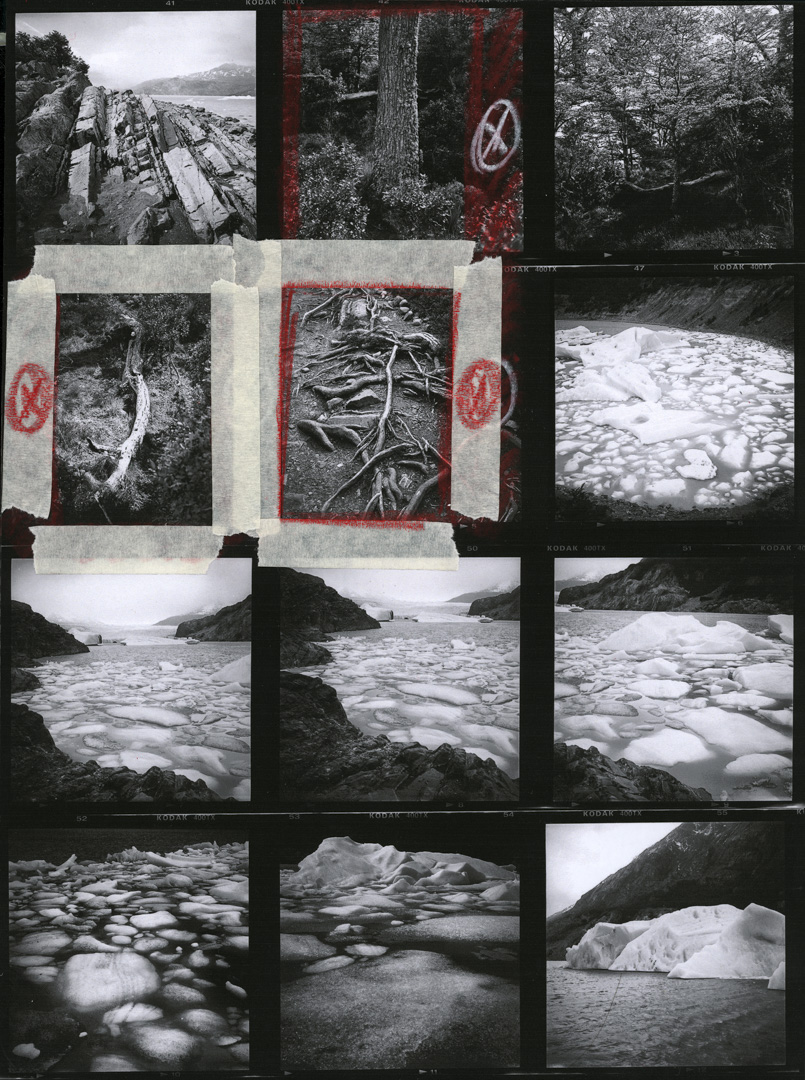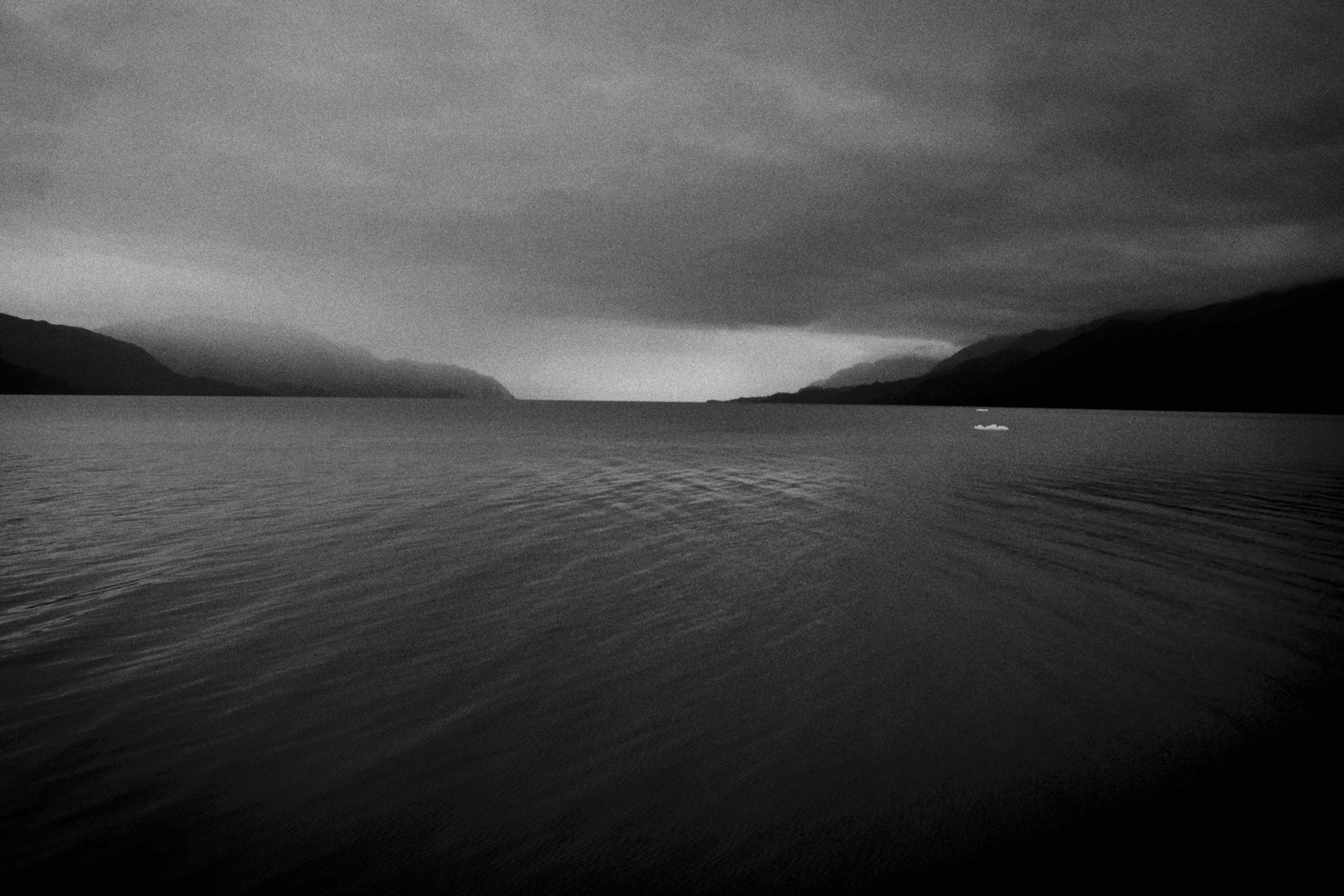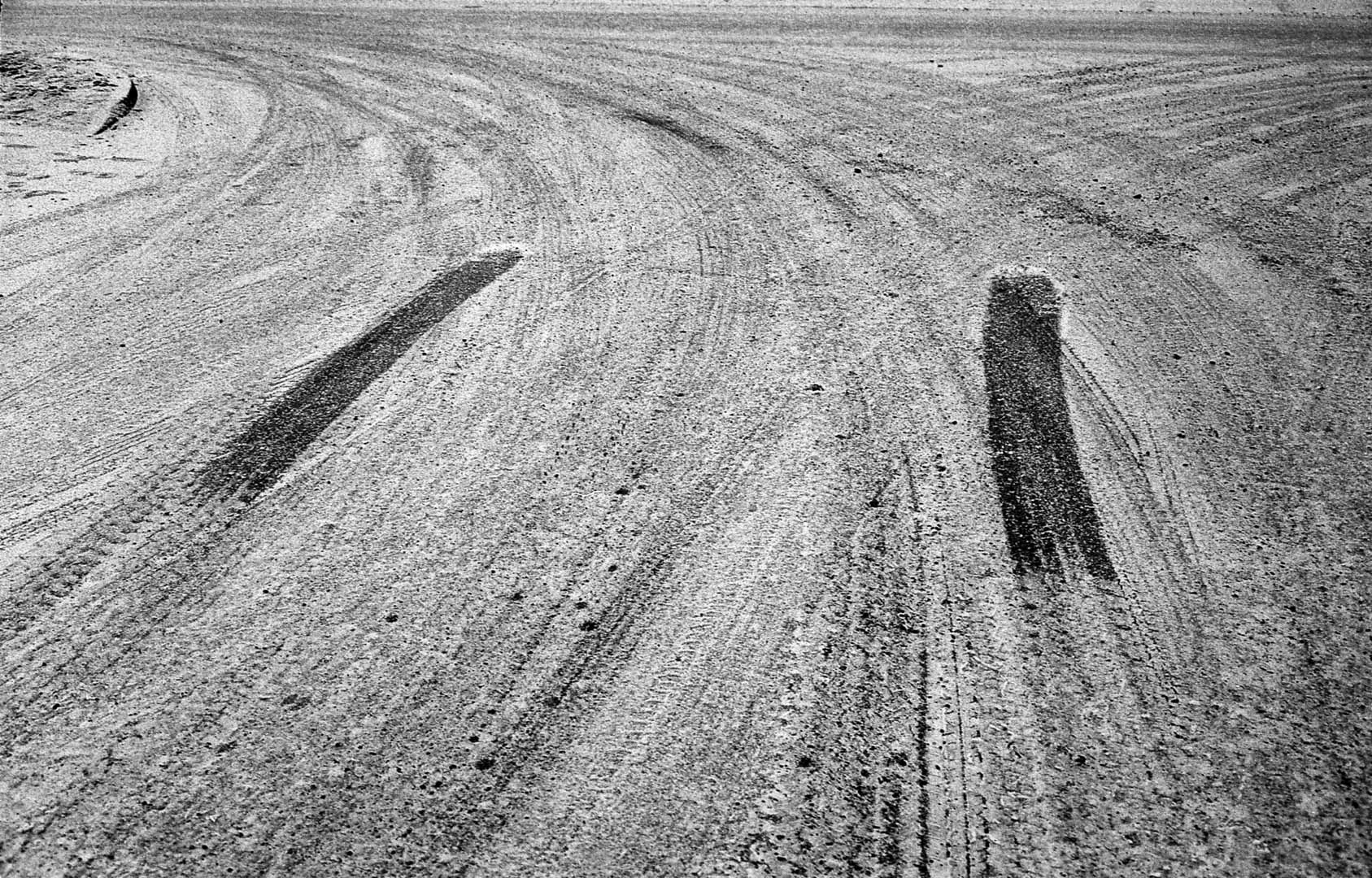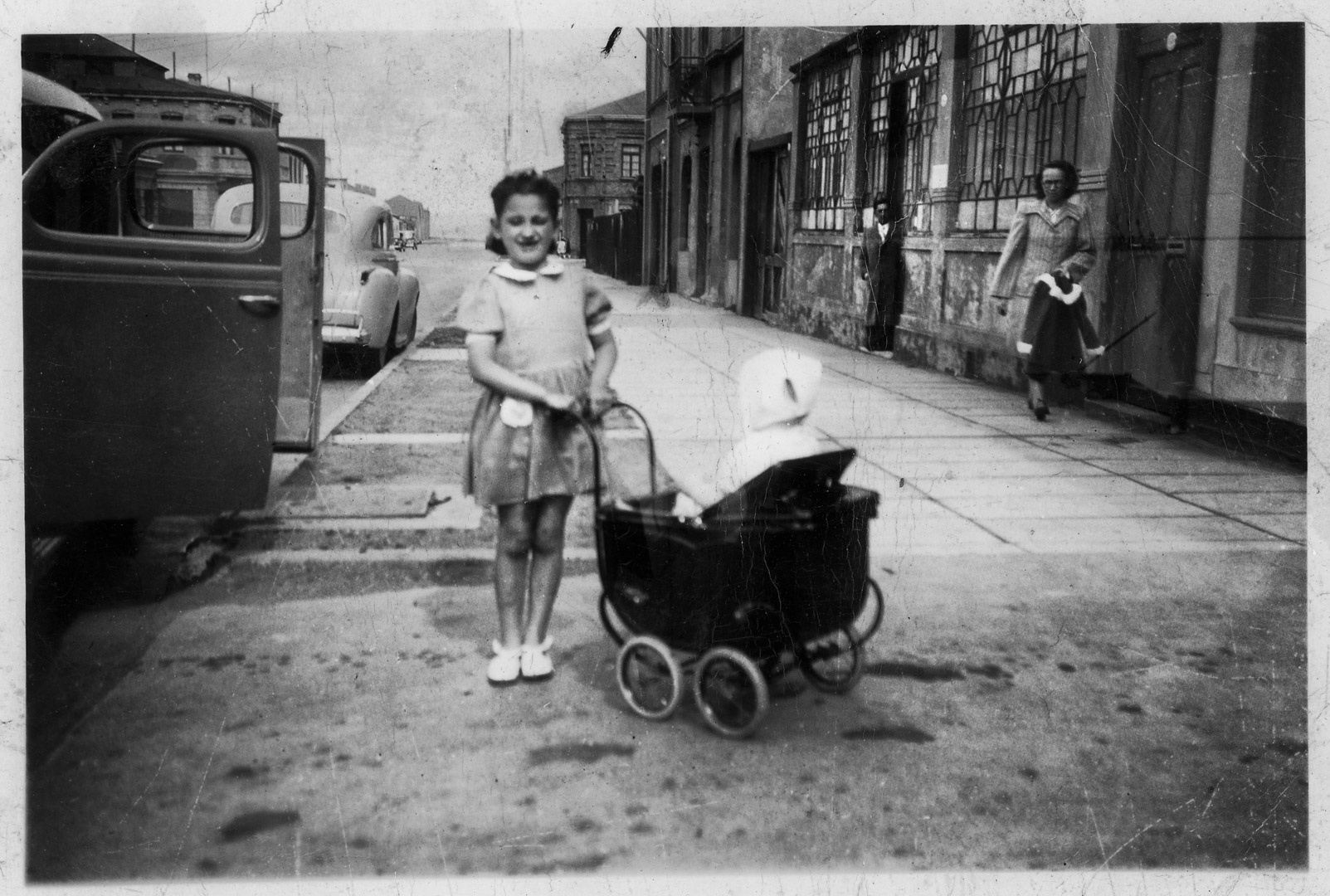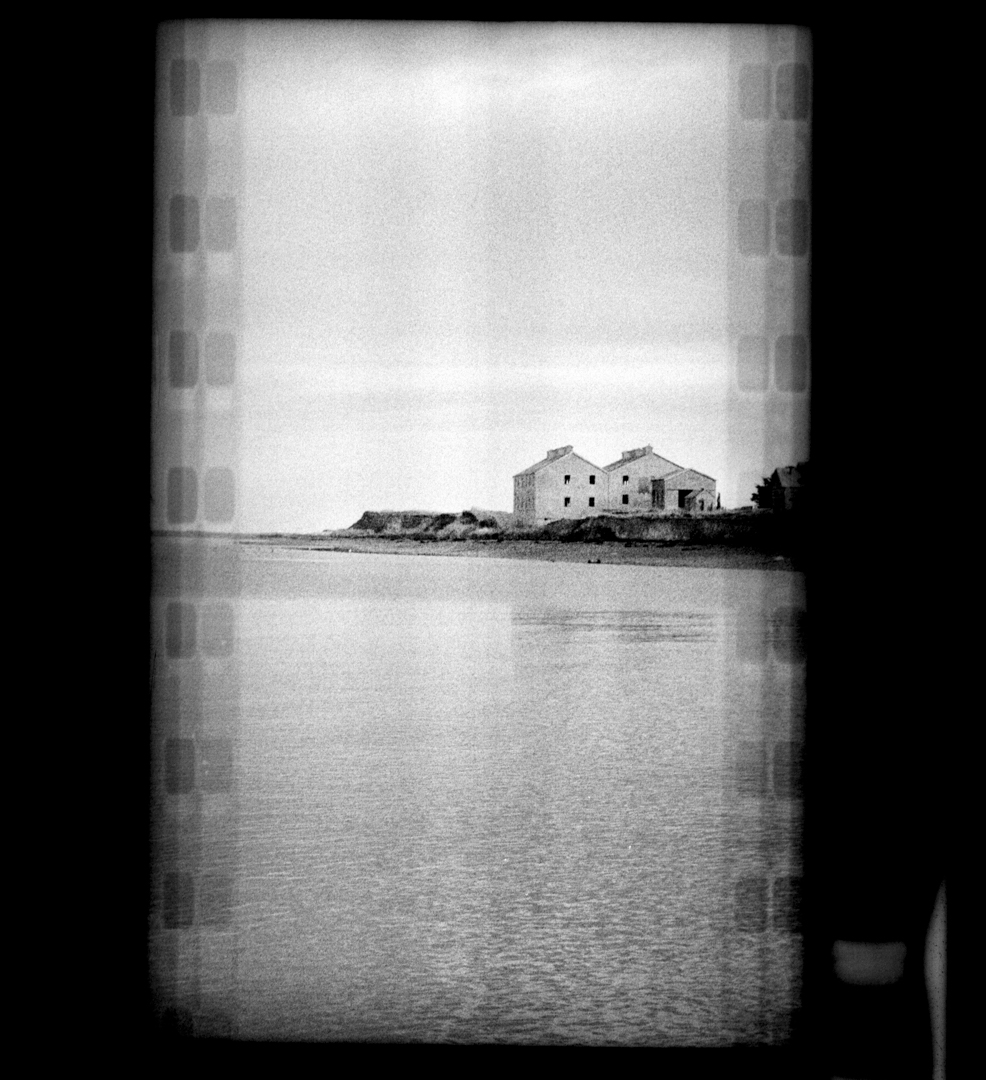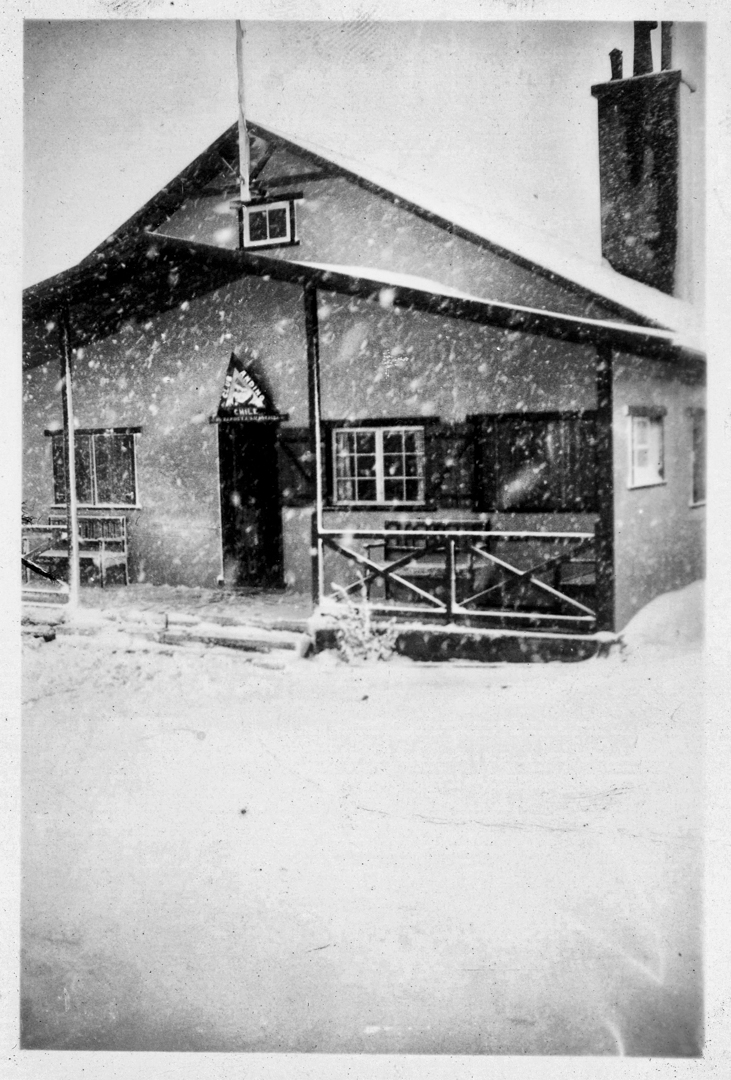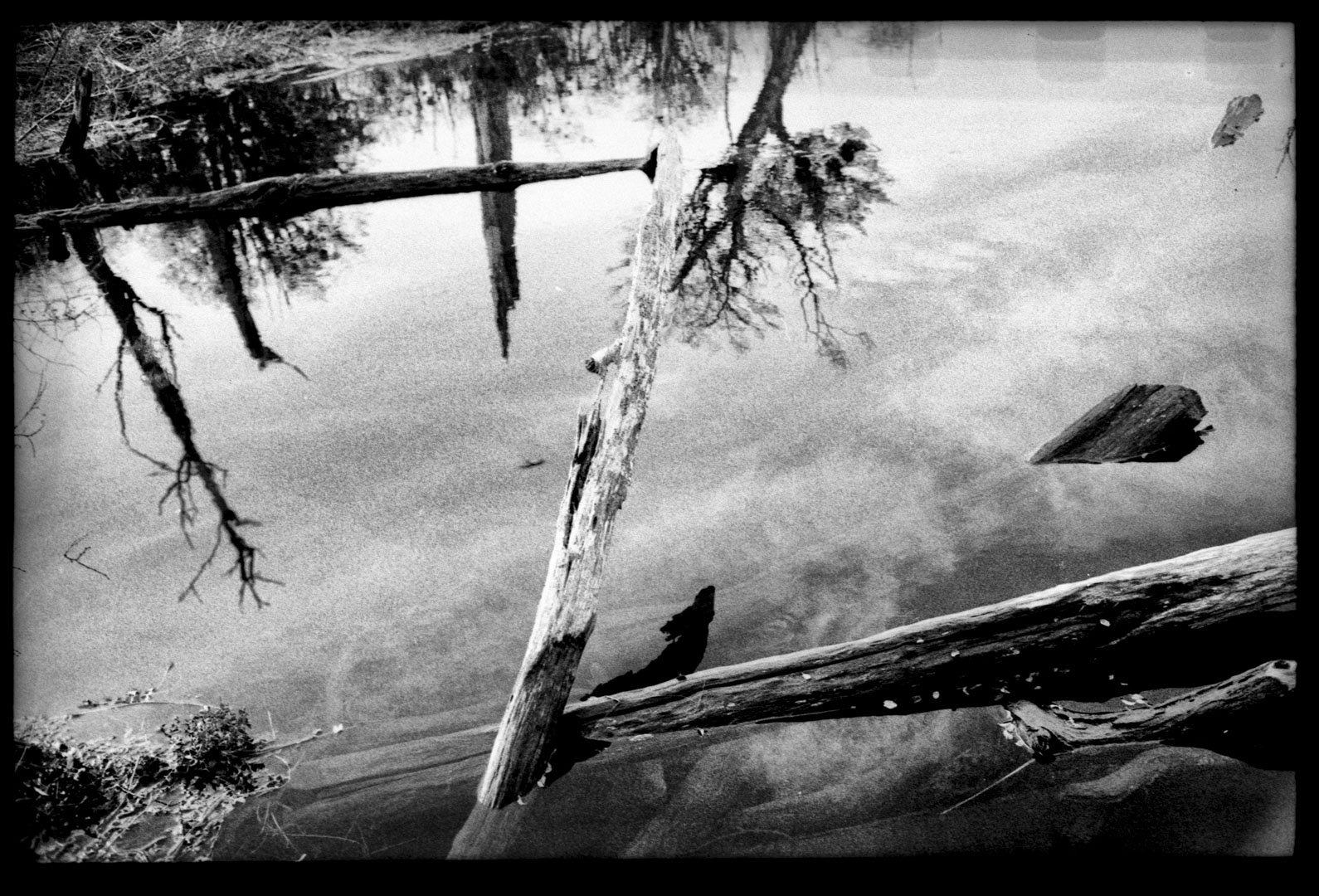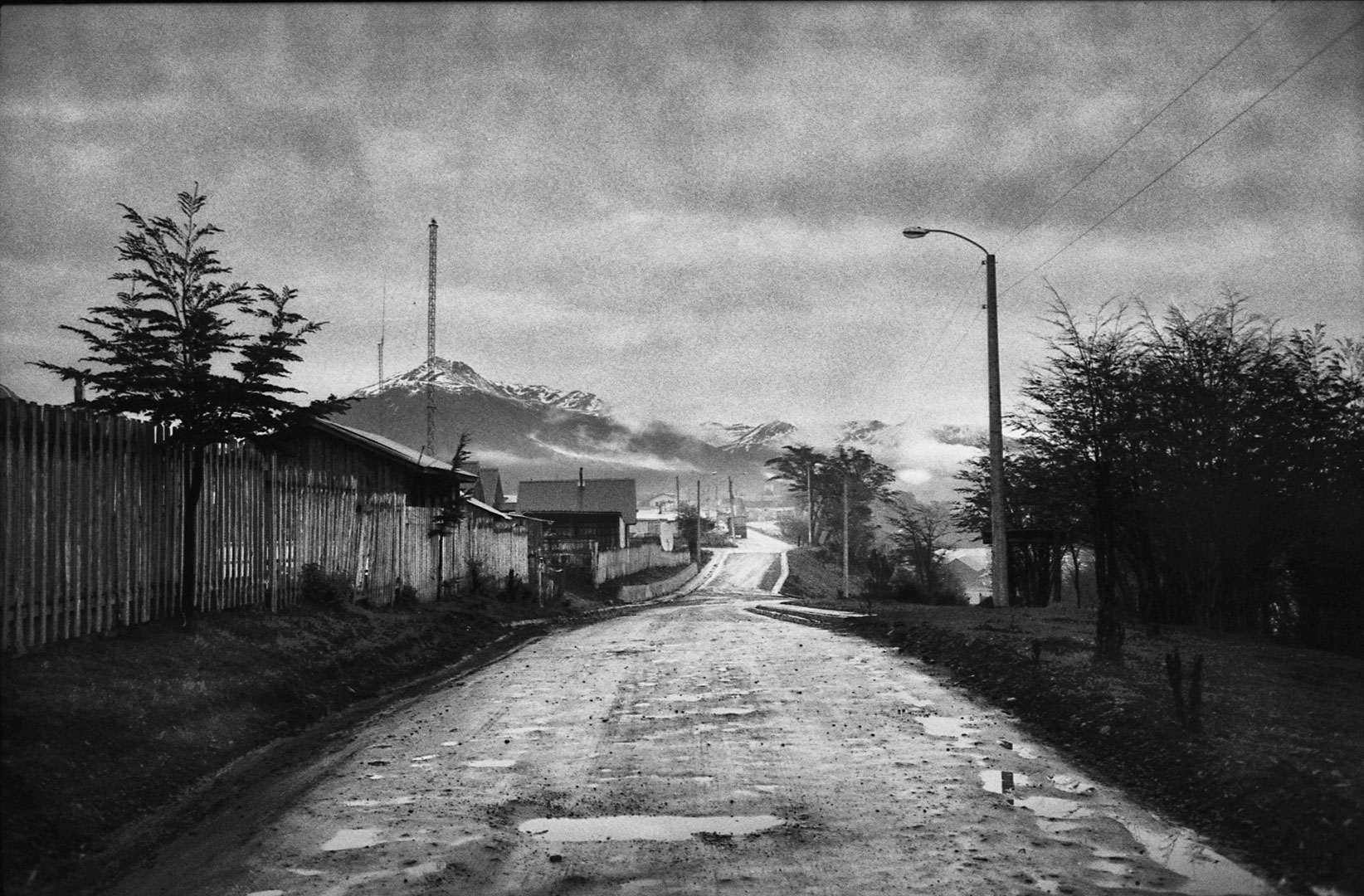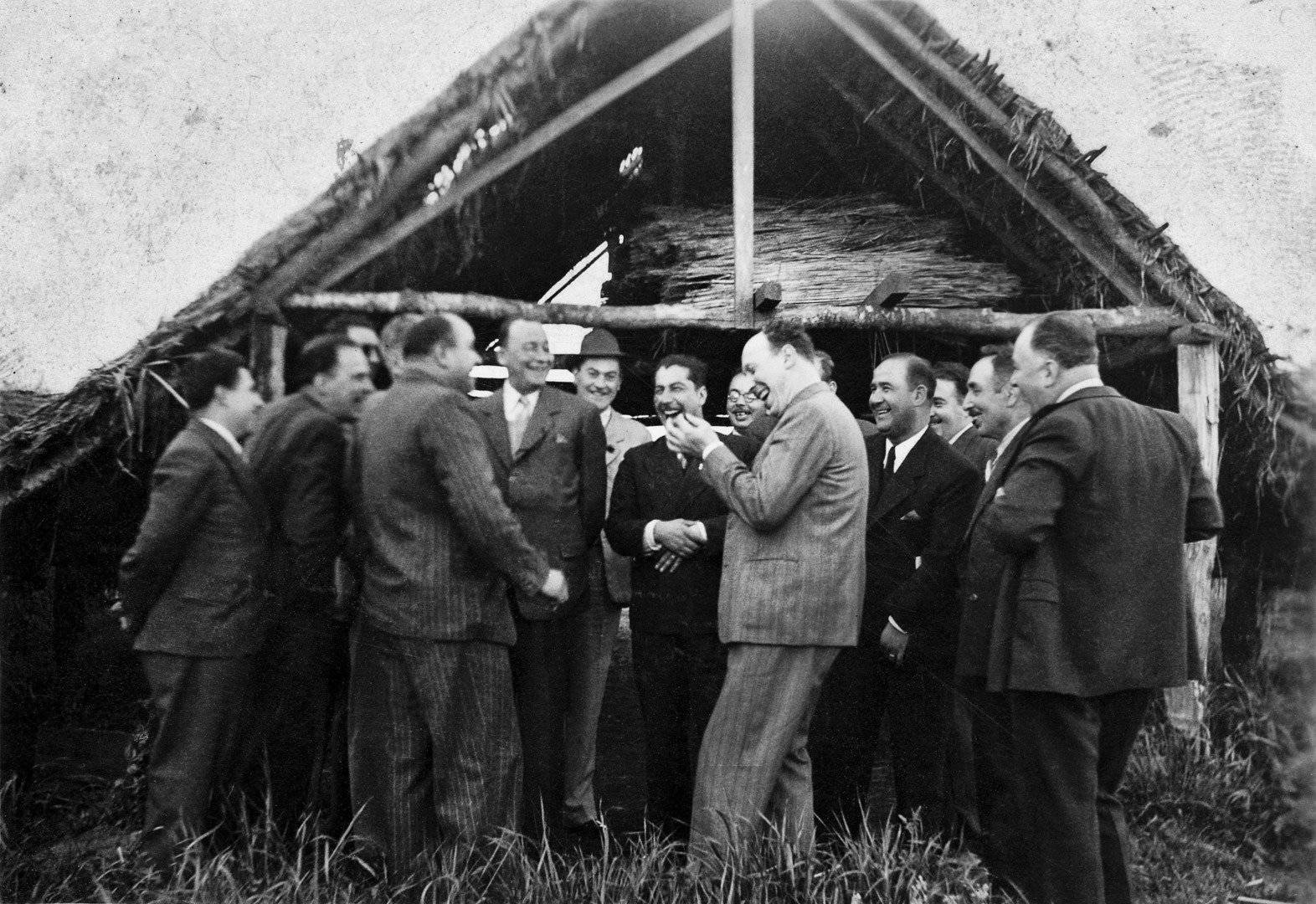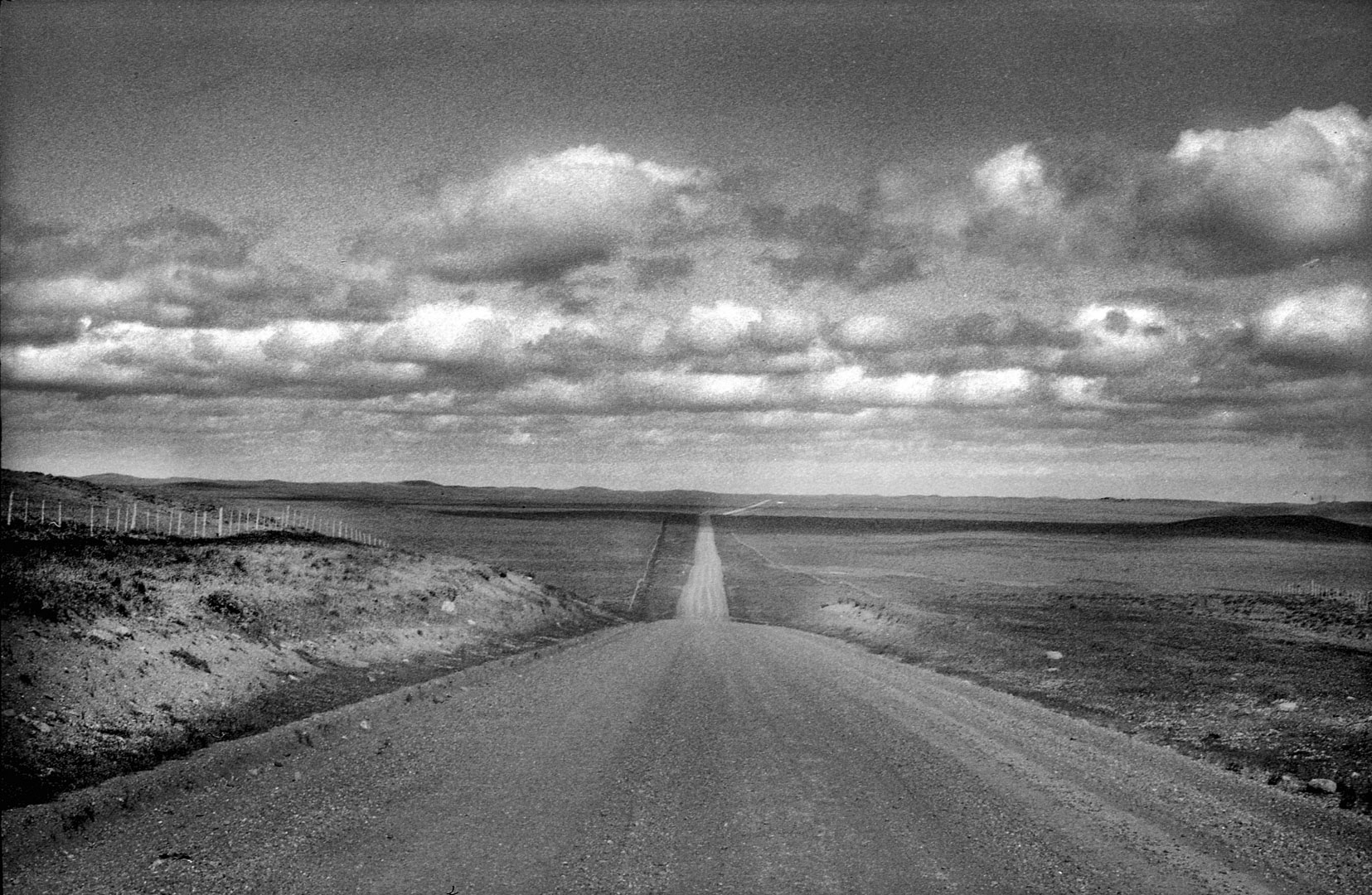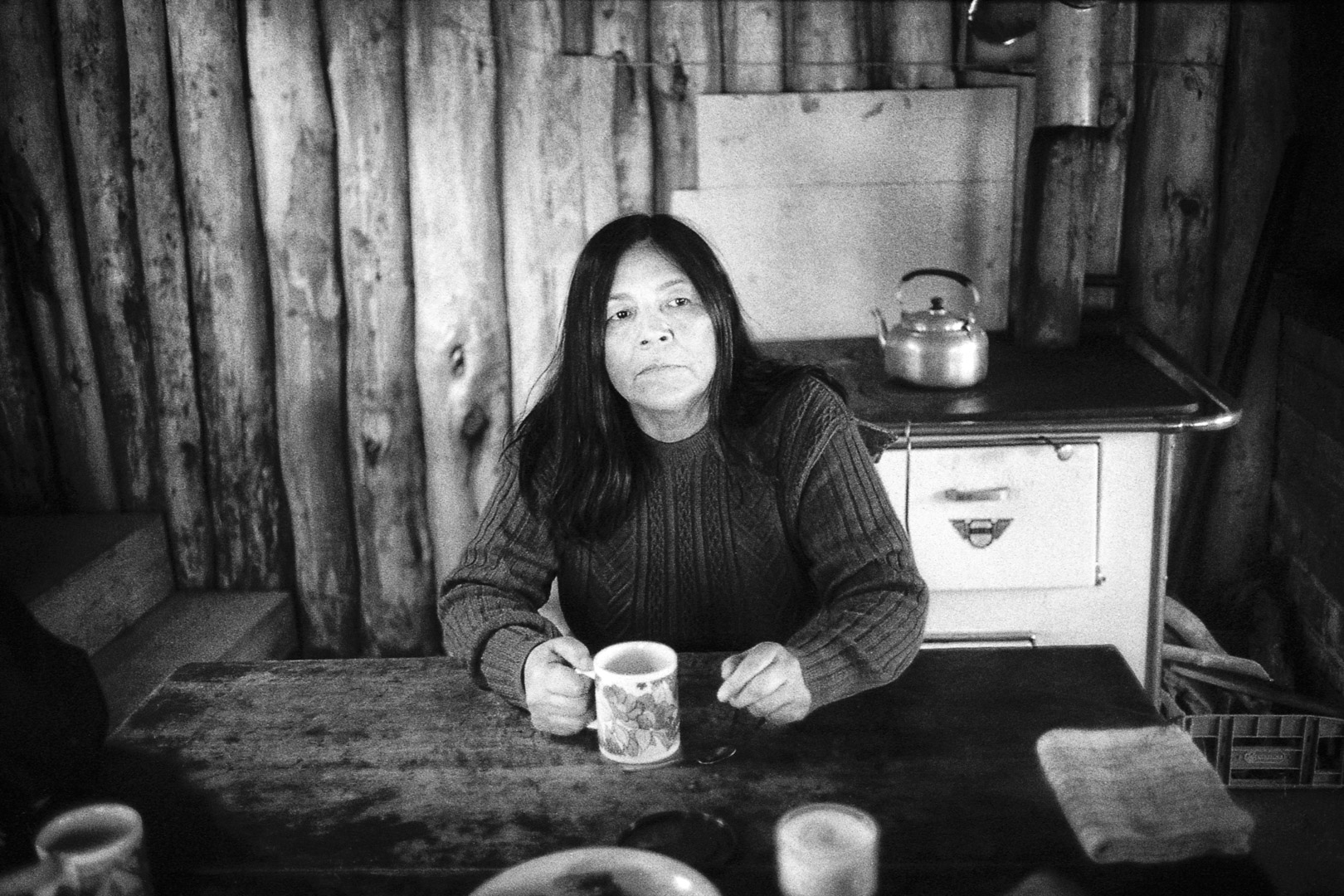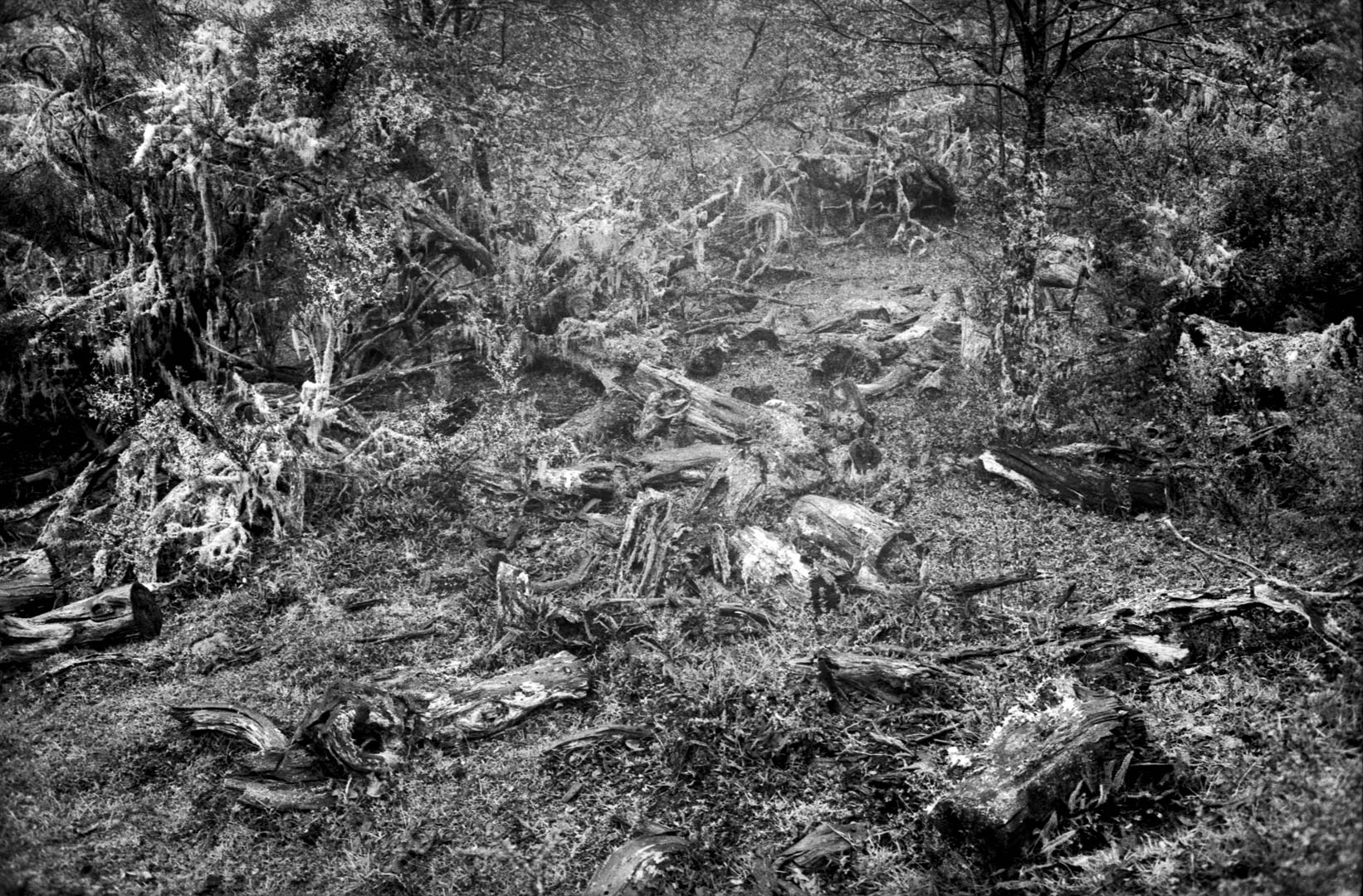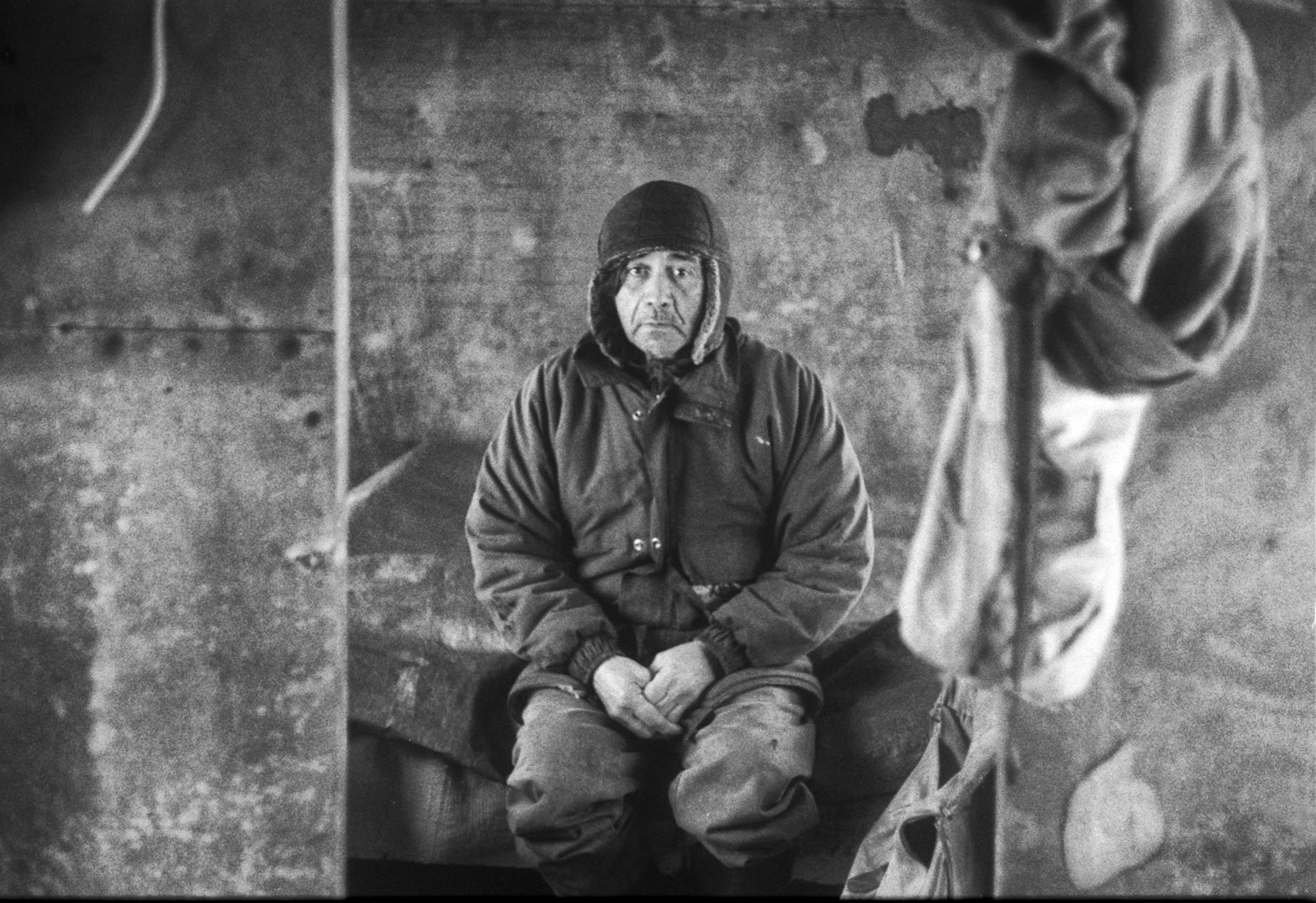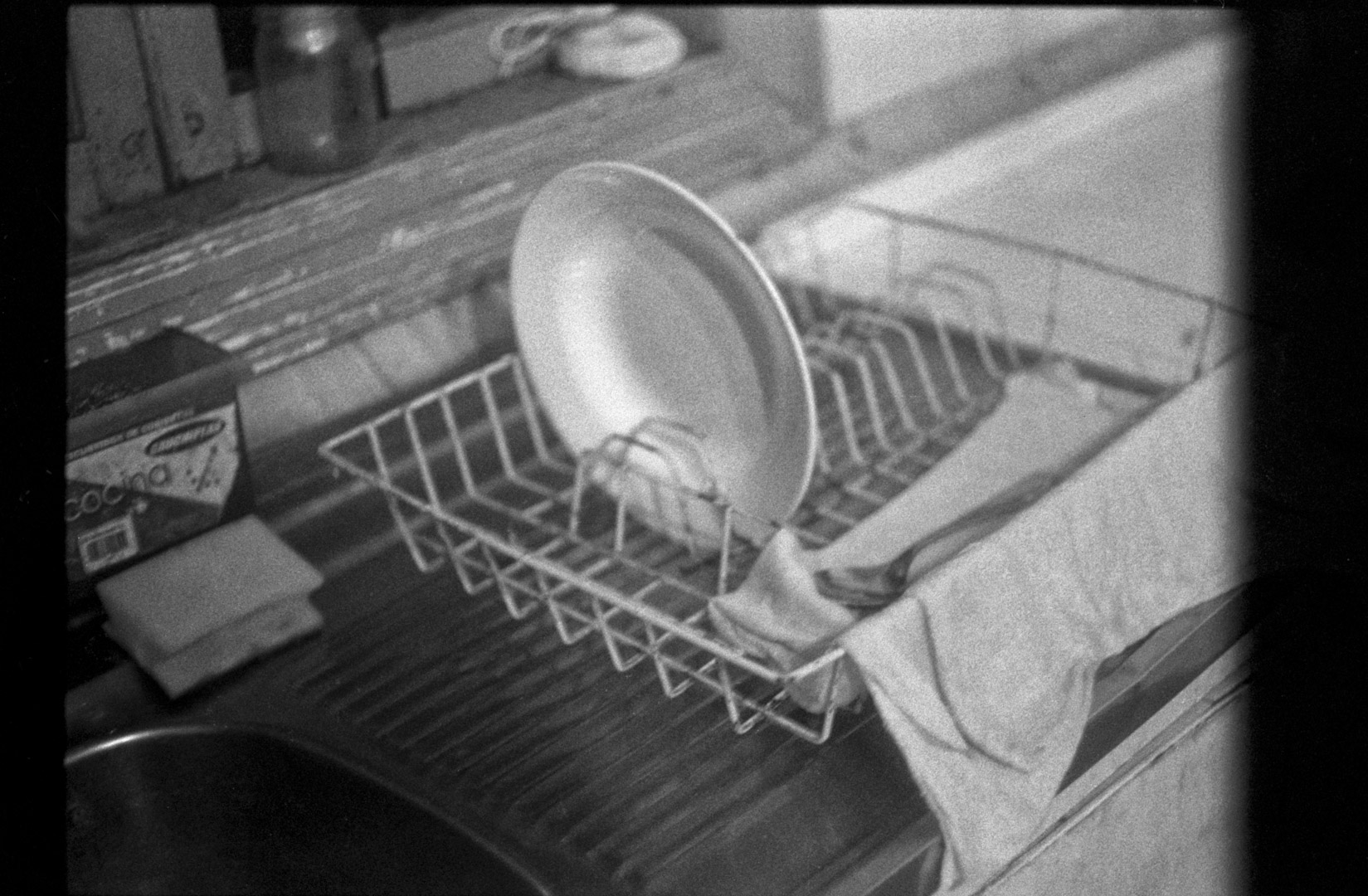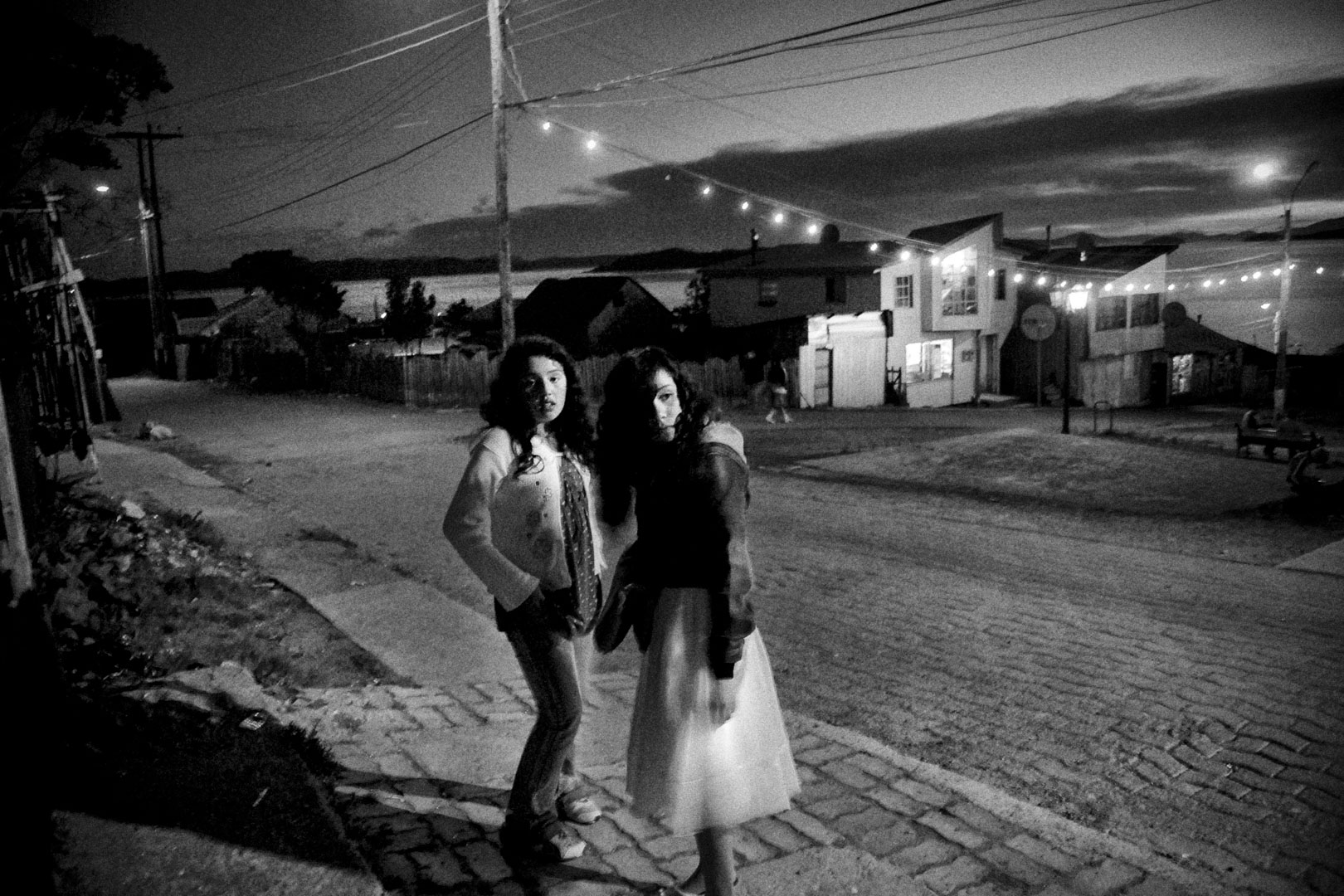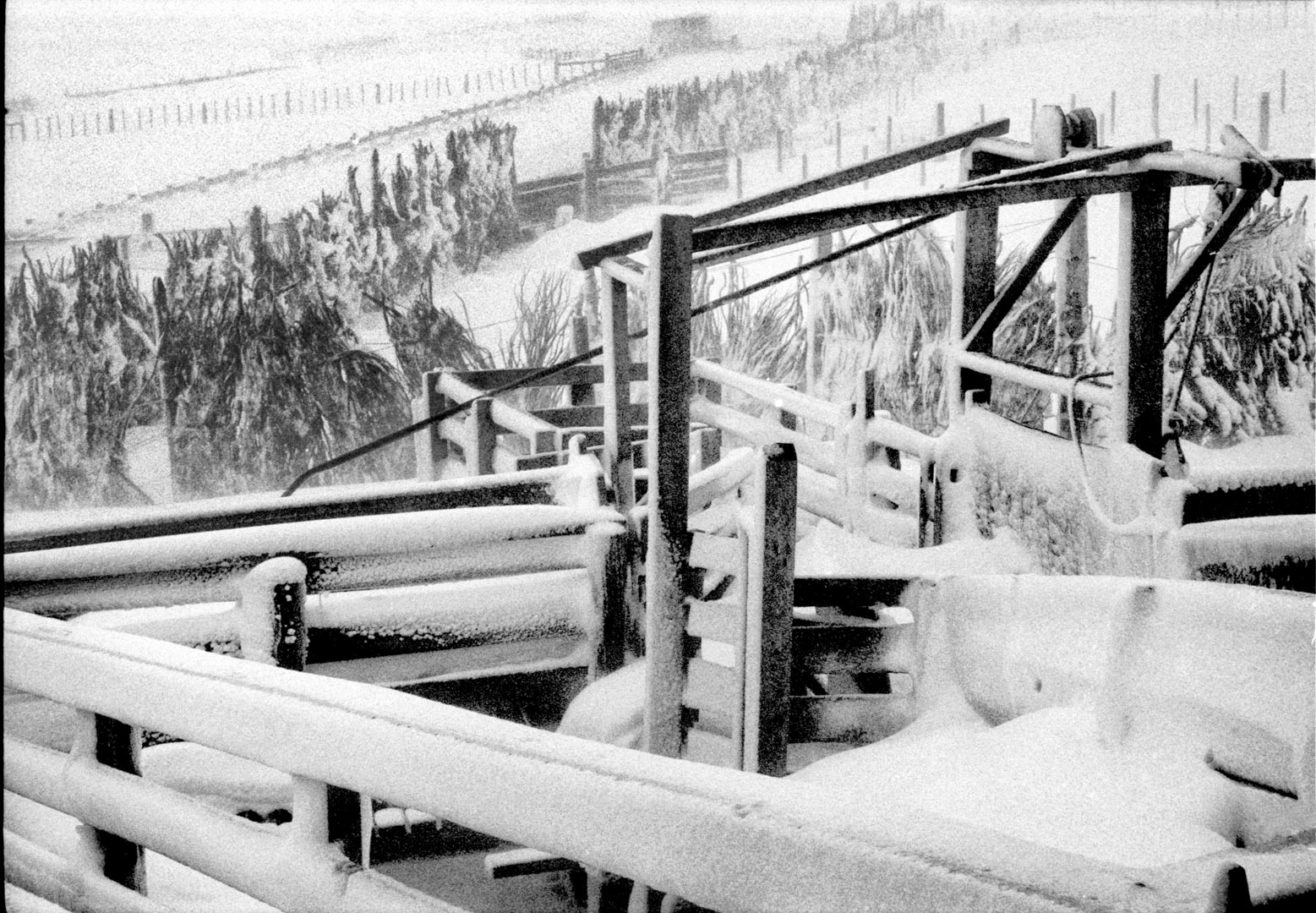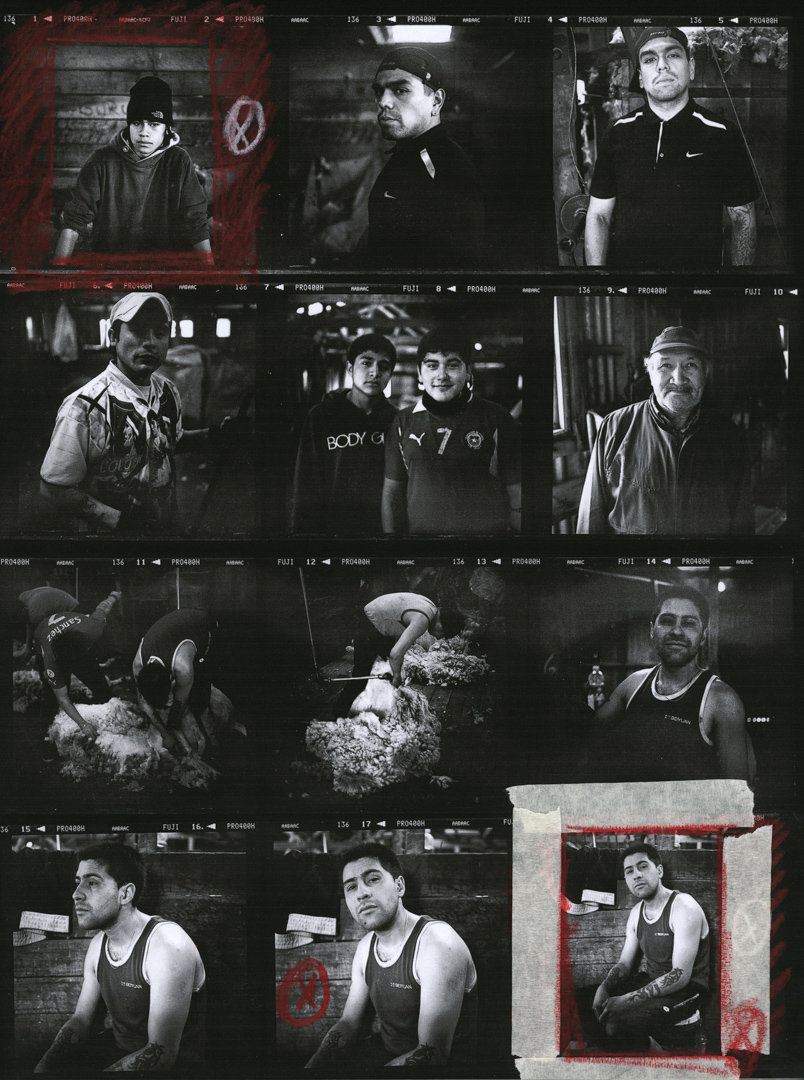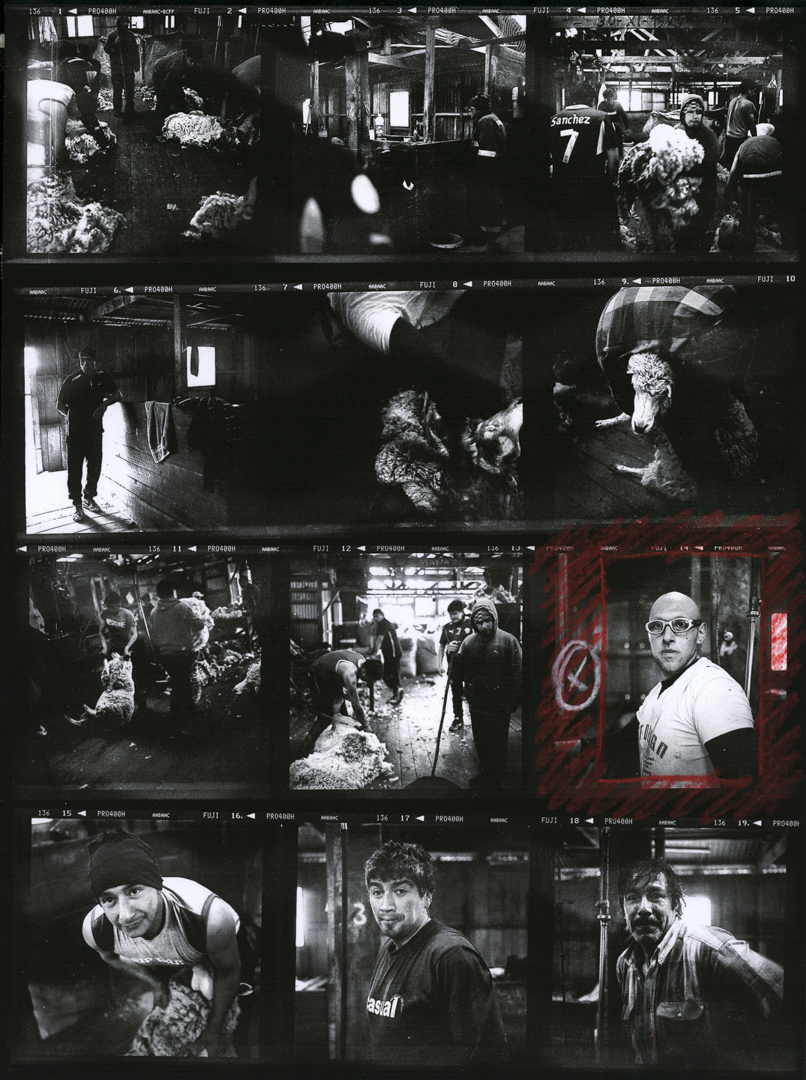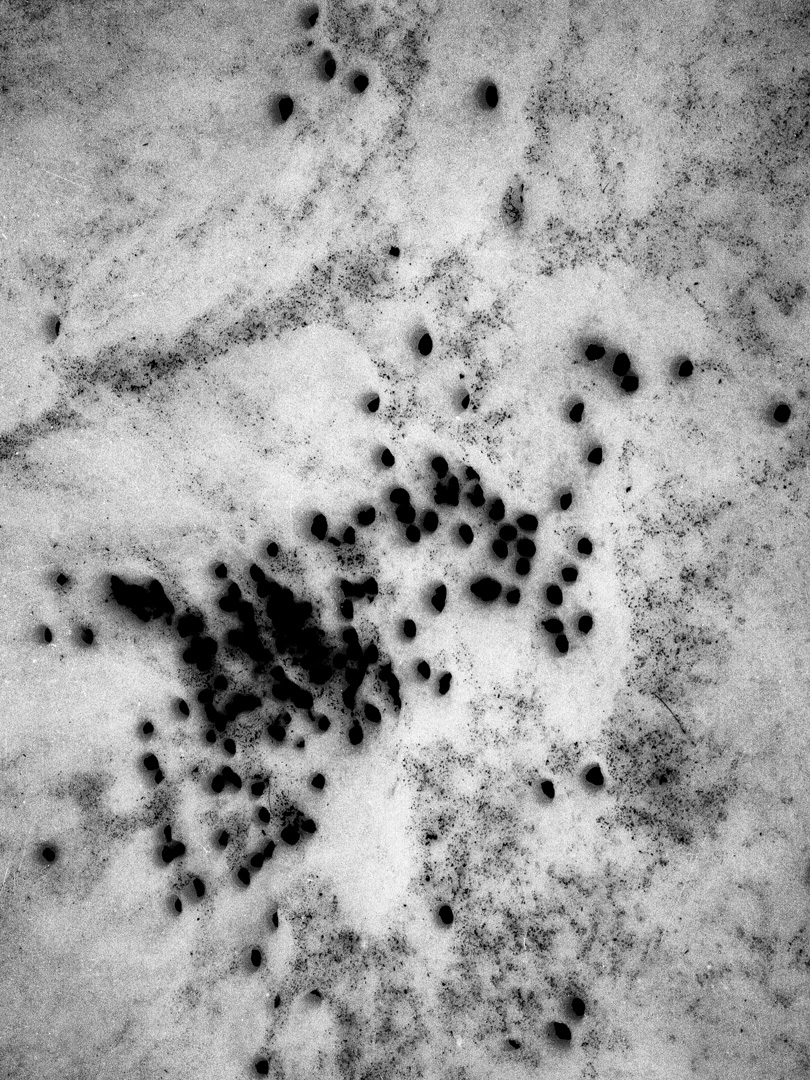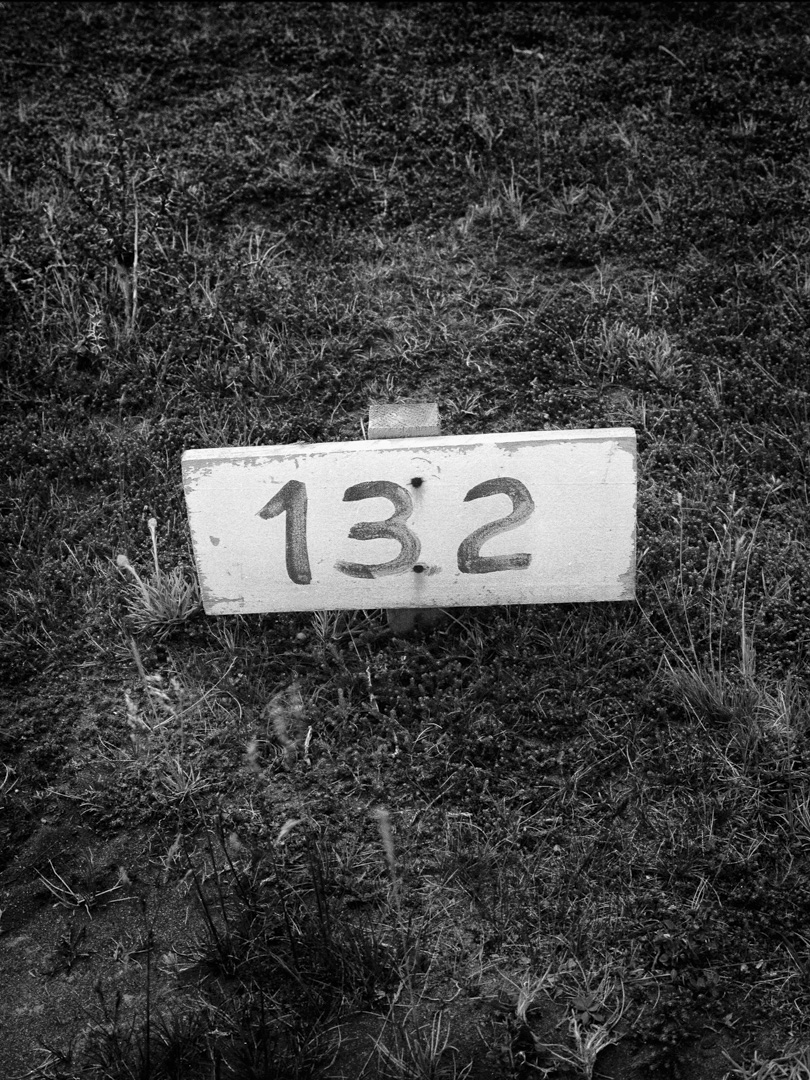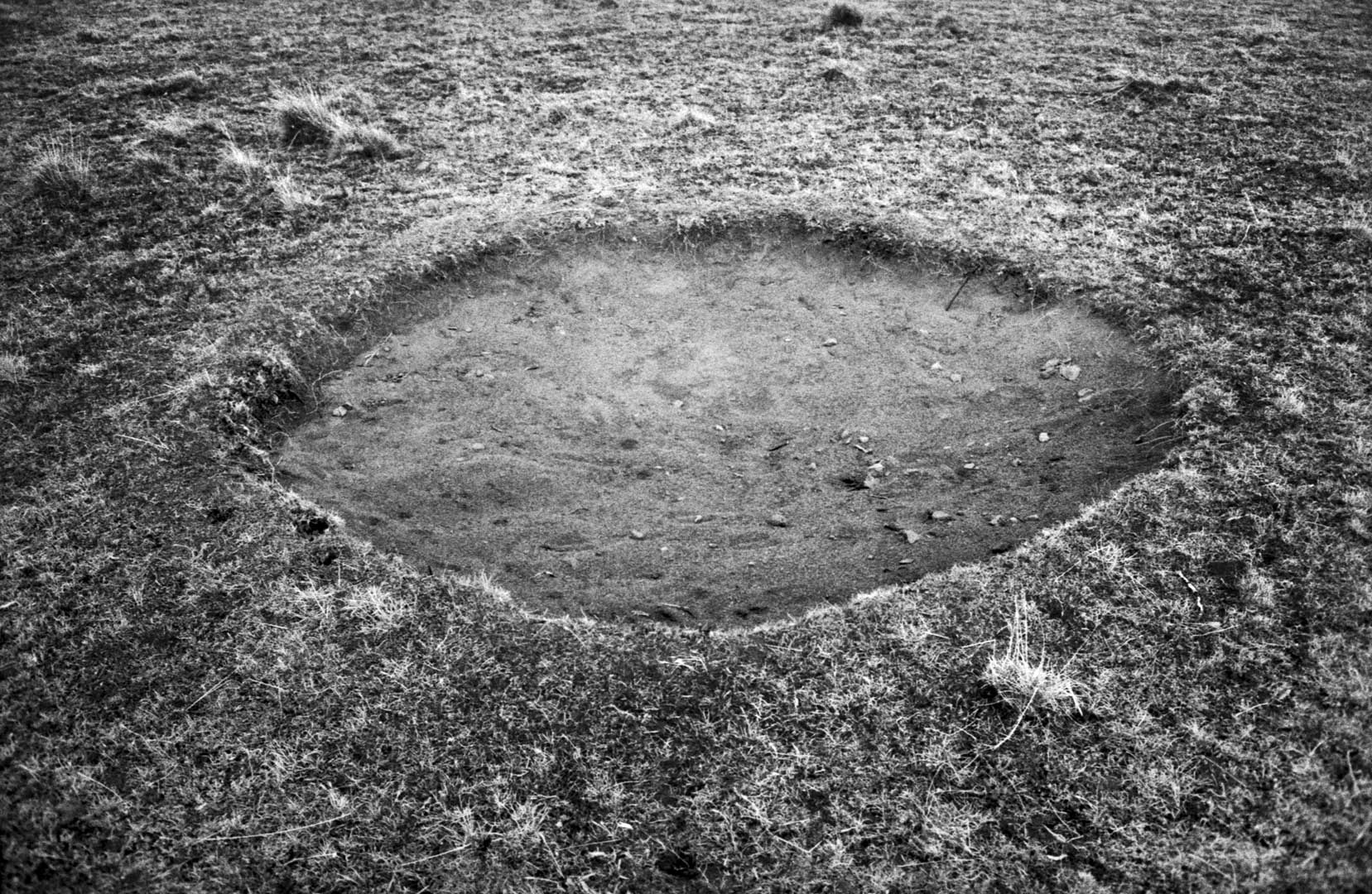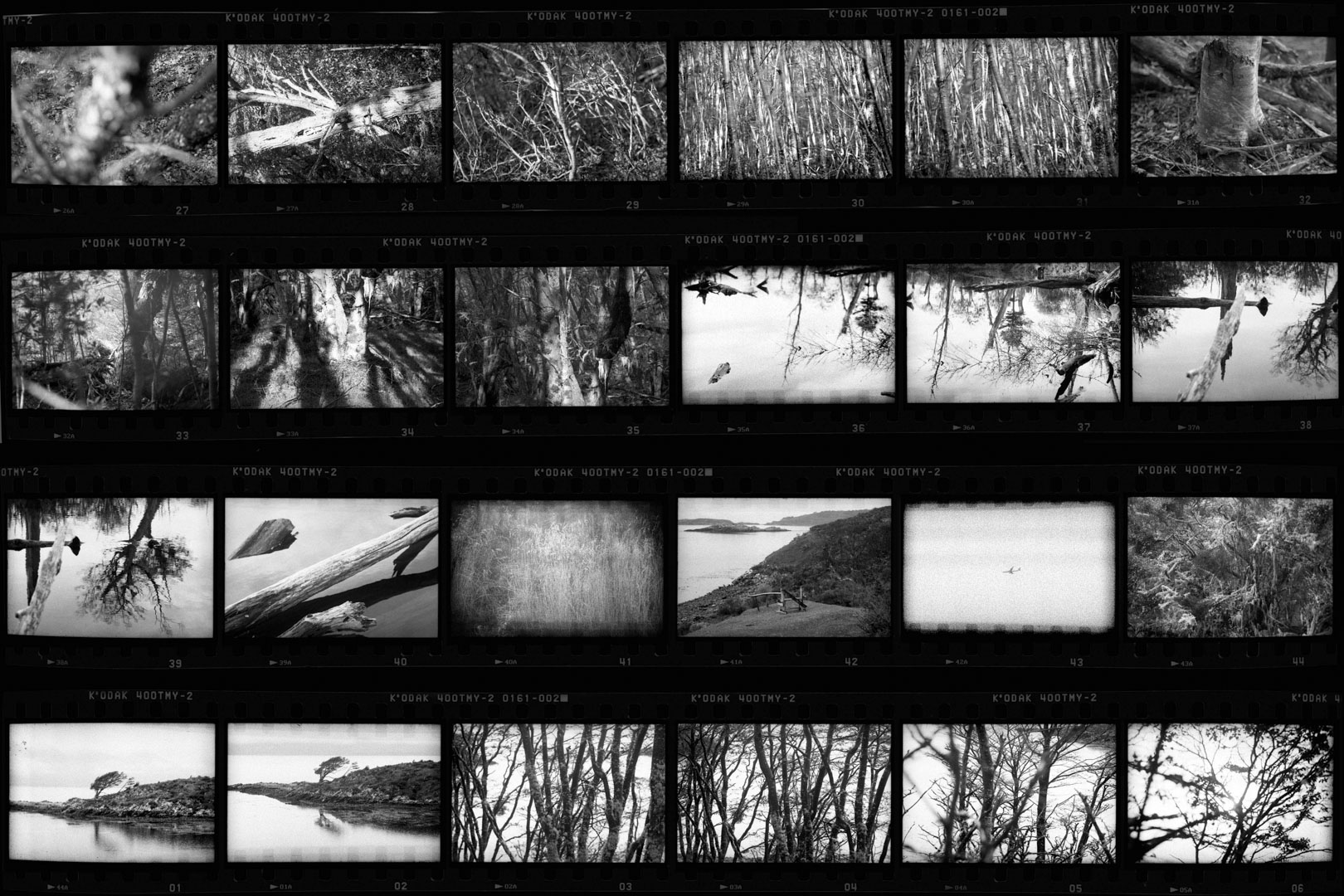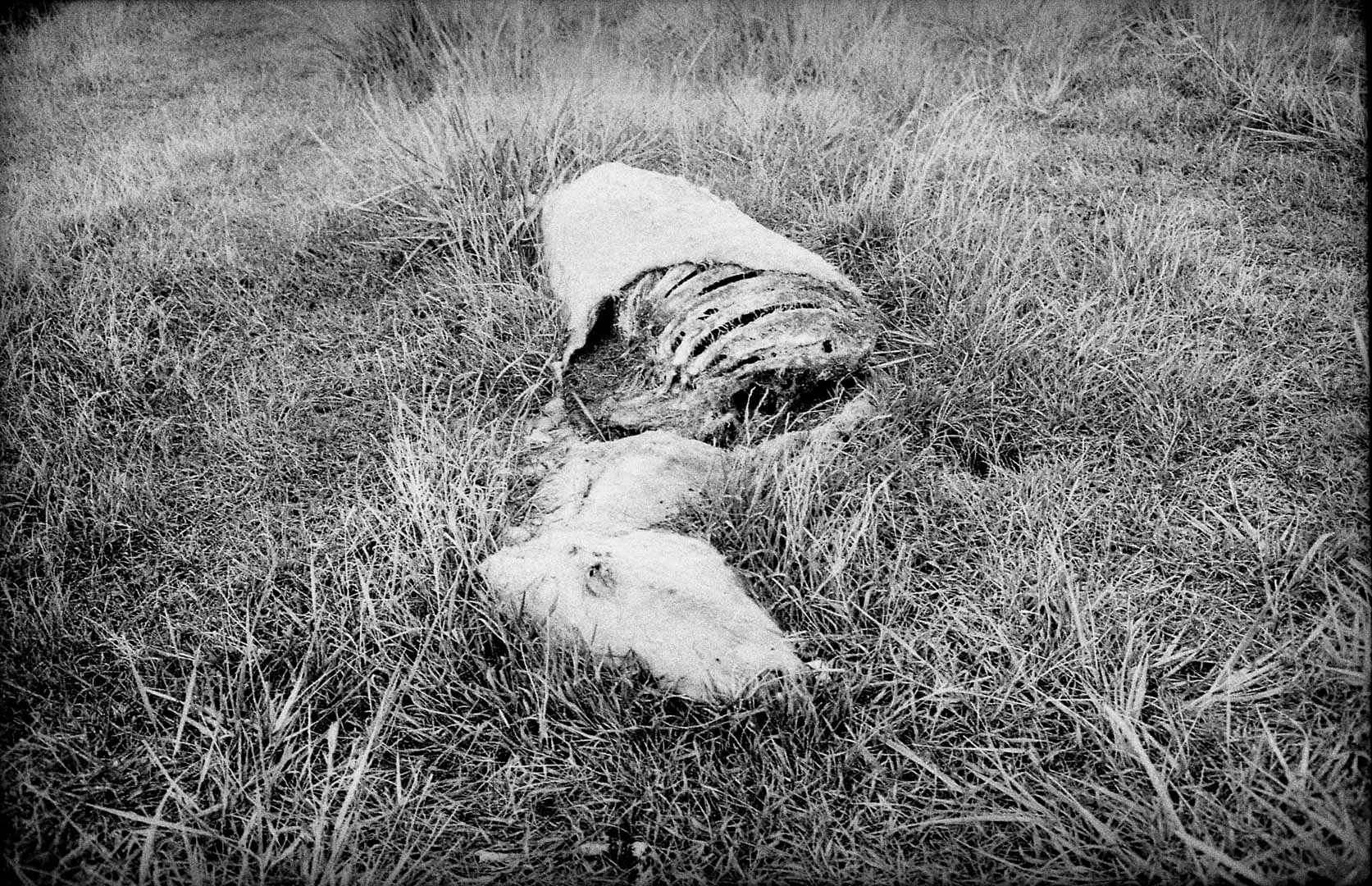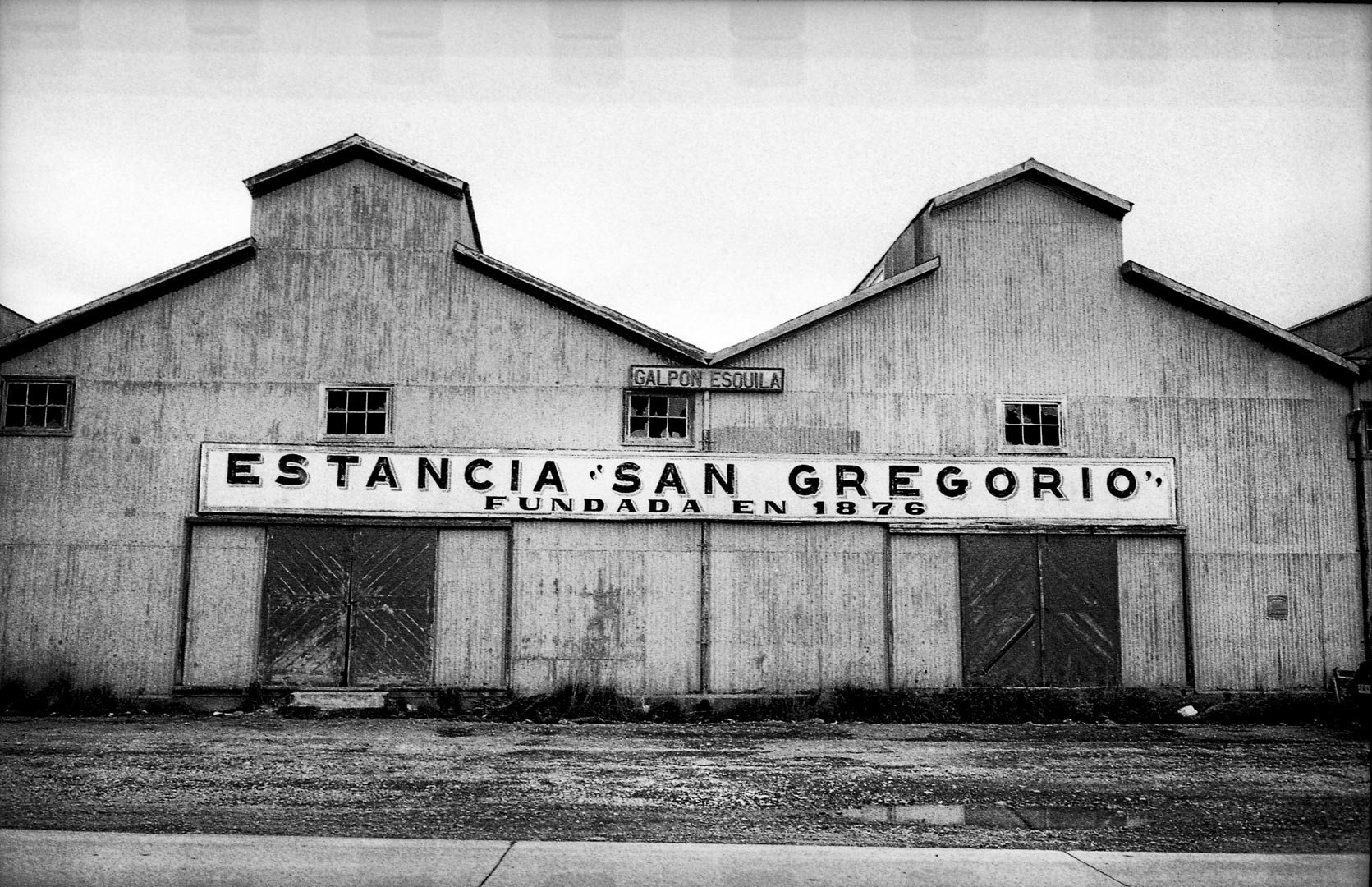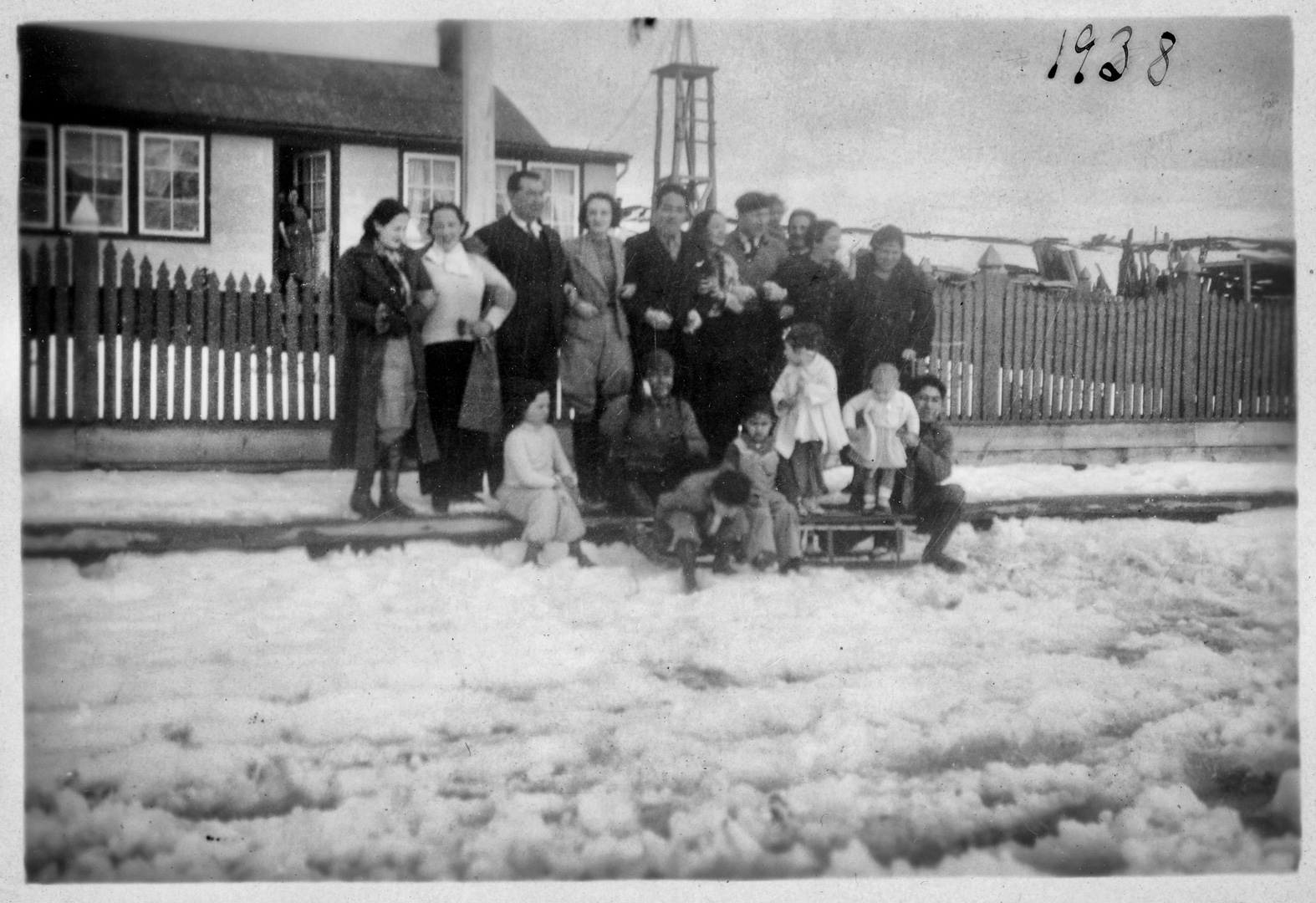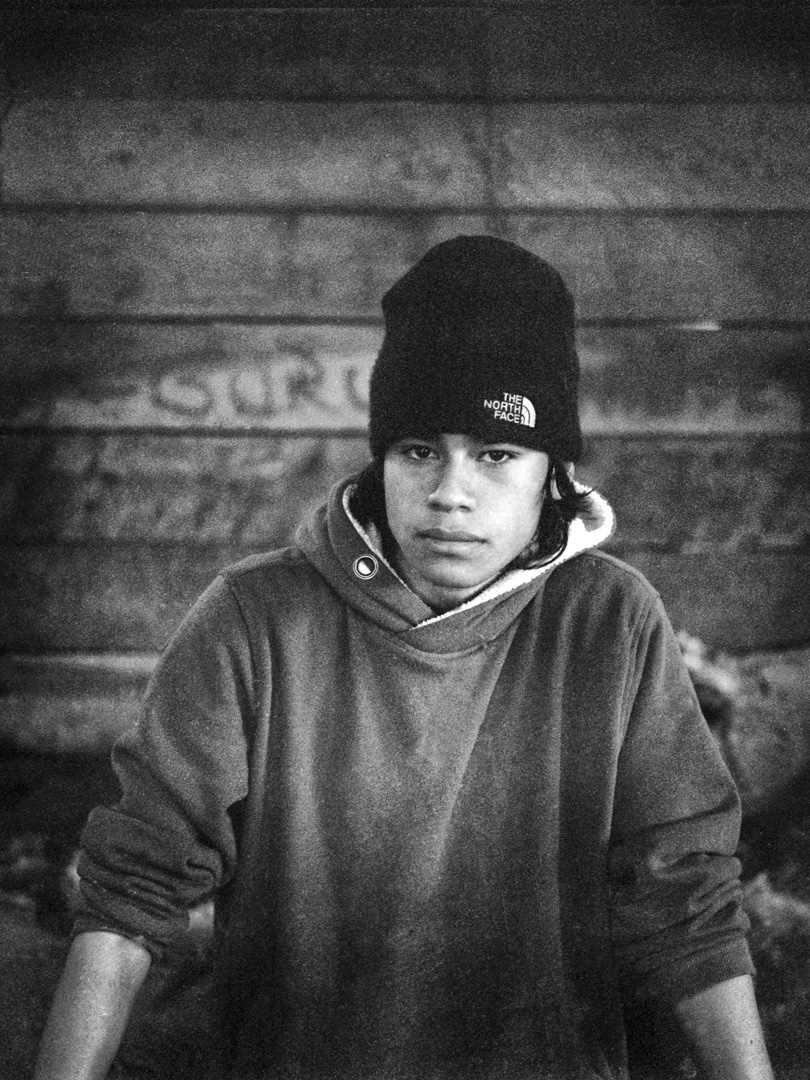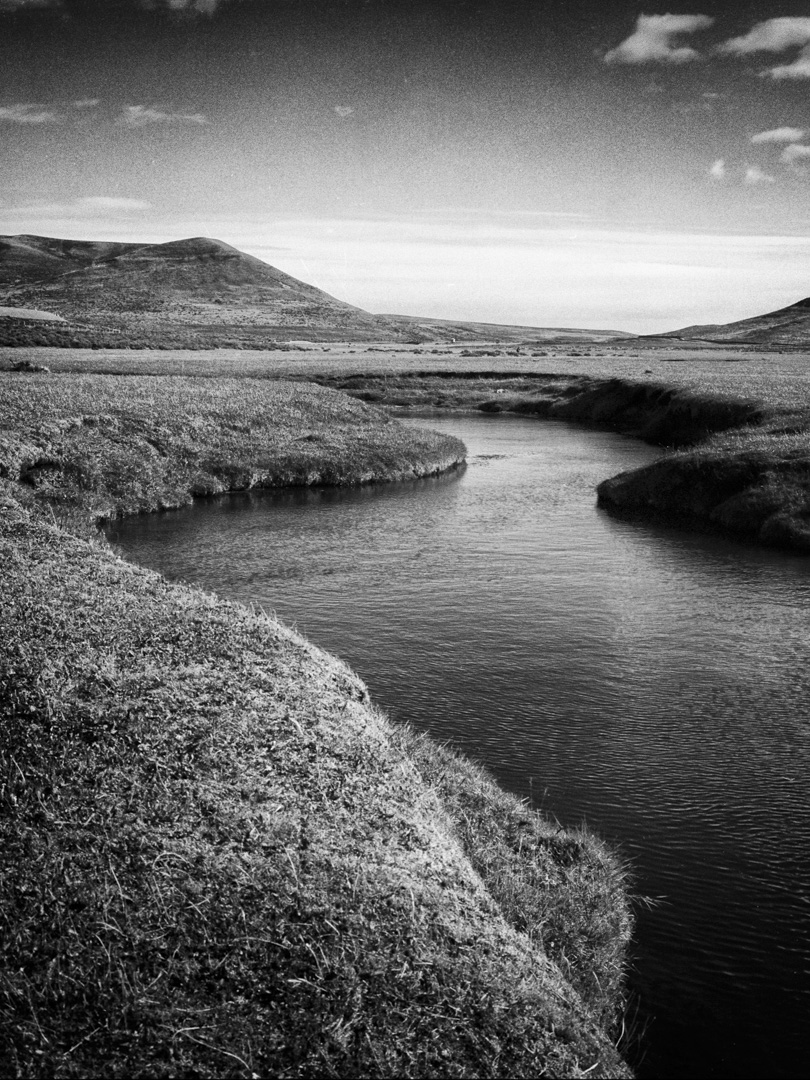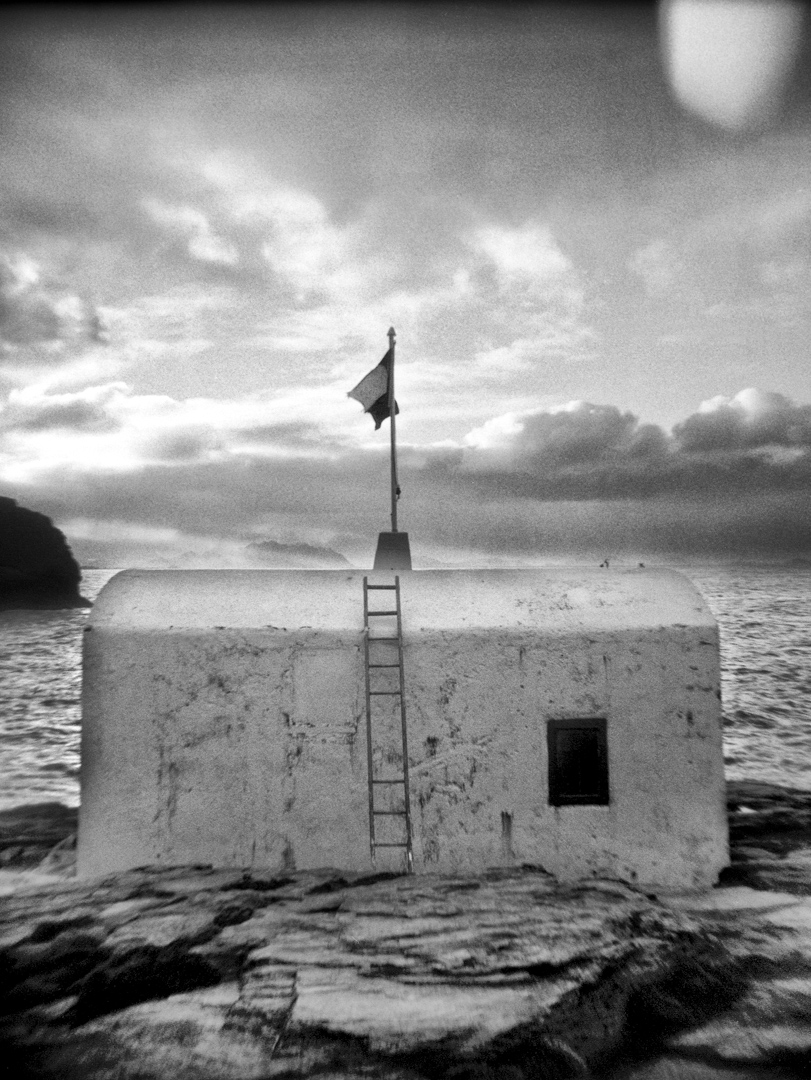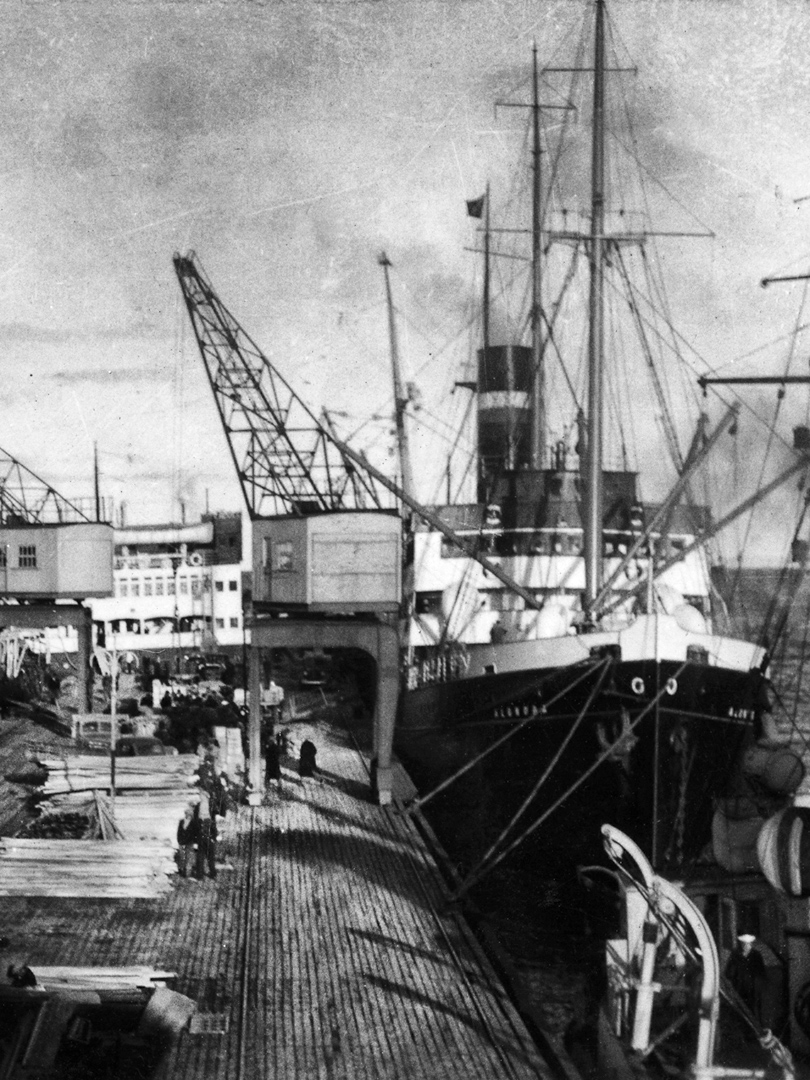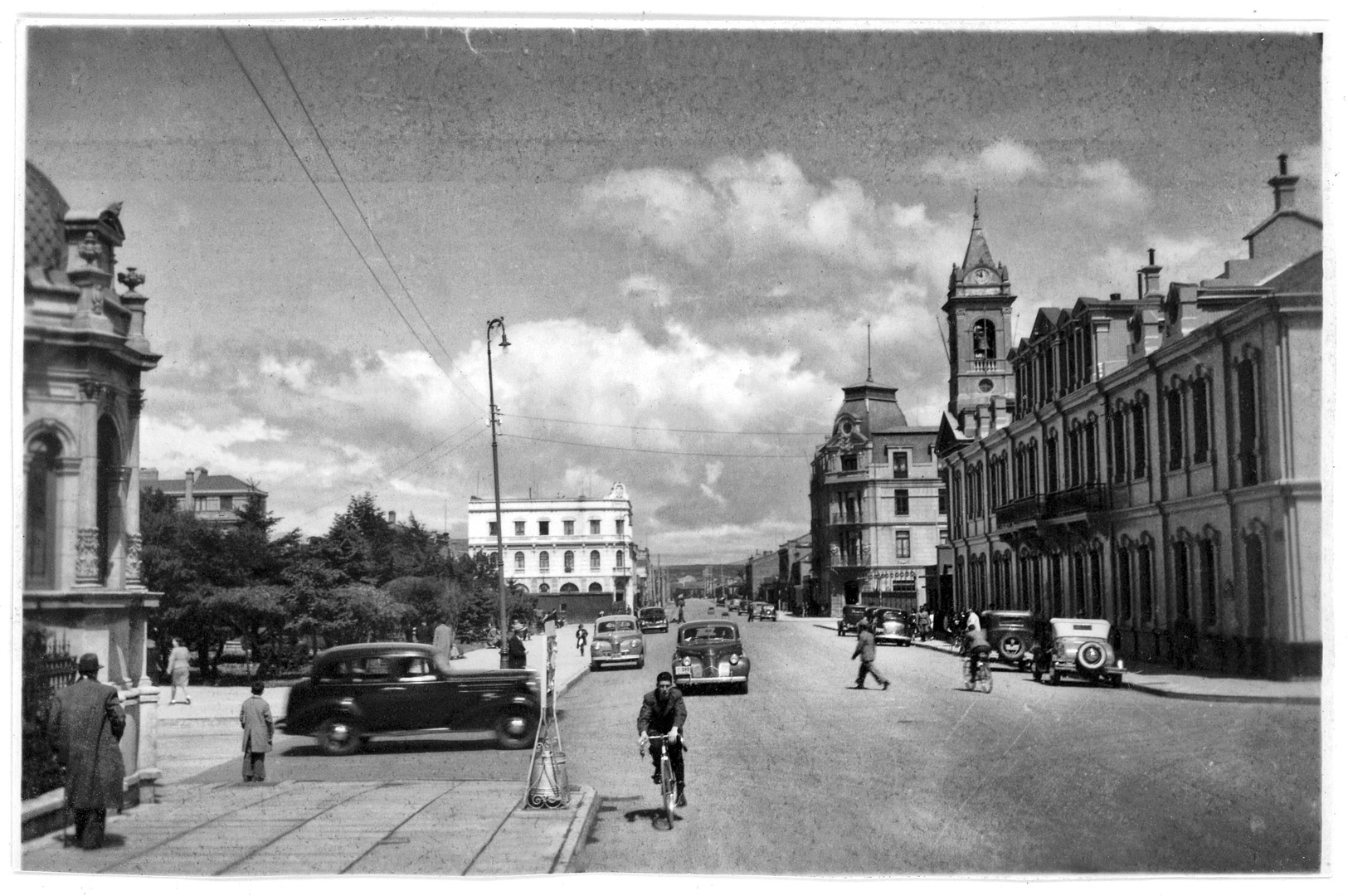Ultimo Sur, 2020
In 1938, Rodrigo Gomez Rovira’s family settled in Tierra del Fuego, in the south of Chile, after the agrarian reform. Forty years later, the next generation fled to France to escape the Pinochet dictatorship. It is only in the 1990s that Rodrigo Gomez Rovira returned to Chile in a quest for his origins and his family history.
Ultimo Sur is a hybrid work that combines in a single object the family album made by the Rodrigo Gomez Rovira’s grandfather, found during a trip, and his own photographs of this vast region. It reveals a laborious agricultural environment and the difficult life of the breeders. Portraits, witnesses of a forgotten era, slip in between the scenes of everyday life and the wild landscapes that stand out between the mountains and the ocean.
“In 1978, when I was 10 years old, my parents sent my brother and I to Chile. We were living in France and my parents were forbidden to enter Chile. They sent us on this trip so we could get to know our country. This was the first time I discovered Tierra del Fuego.
In 1938 my grandfather, my grandmother and their children settled in Tierra del Fuego. It was the beginning of the agrarian reform in Chile. The state divided up the large farms and distributed them to small producers. It was there that my mother’s family started sheep farming, which today has been taken over by my uncle Magallanes Rovira.
After my first visit, I returned there in 1990. I have since made more than 20 trips to work, either with my family or on my own.
I have adopted this land. Where the south does not exist. Where the end of the world is not a metaphor. It is the Ultimate South. The elements of nature impose themselves, sculpt the nature and the horizon of its inhabitants. I discovered a family album made by my grandfather. This album gave meaning to all my photographs taken over the last 30 years. ”
– Rodrigo Gomez Rovira

